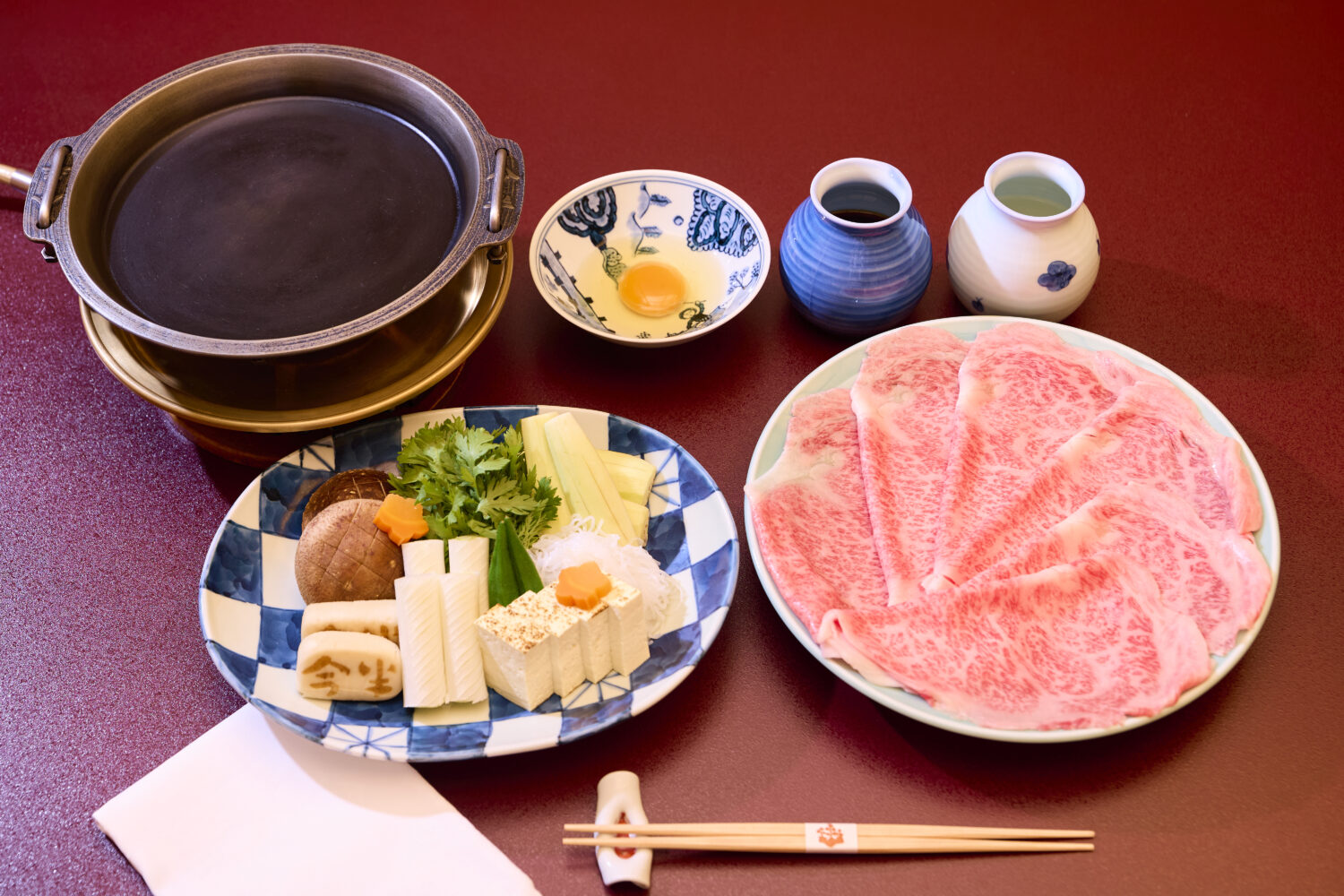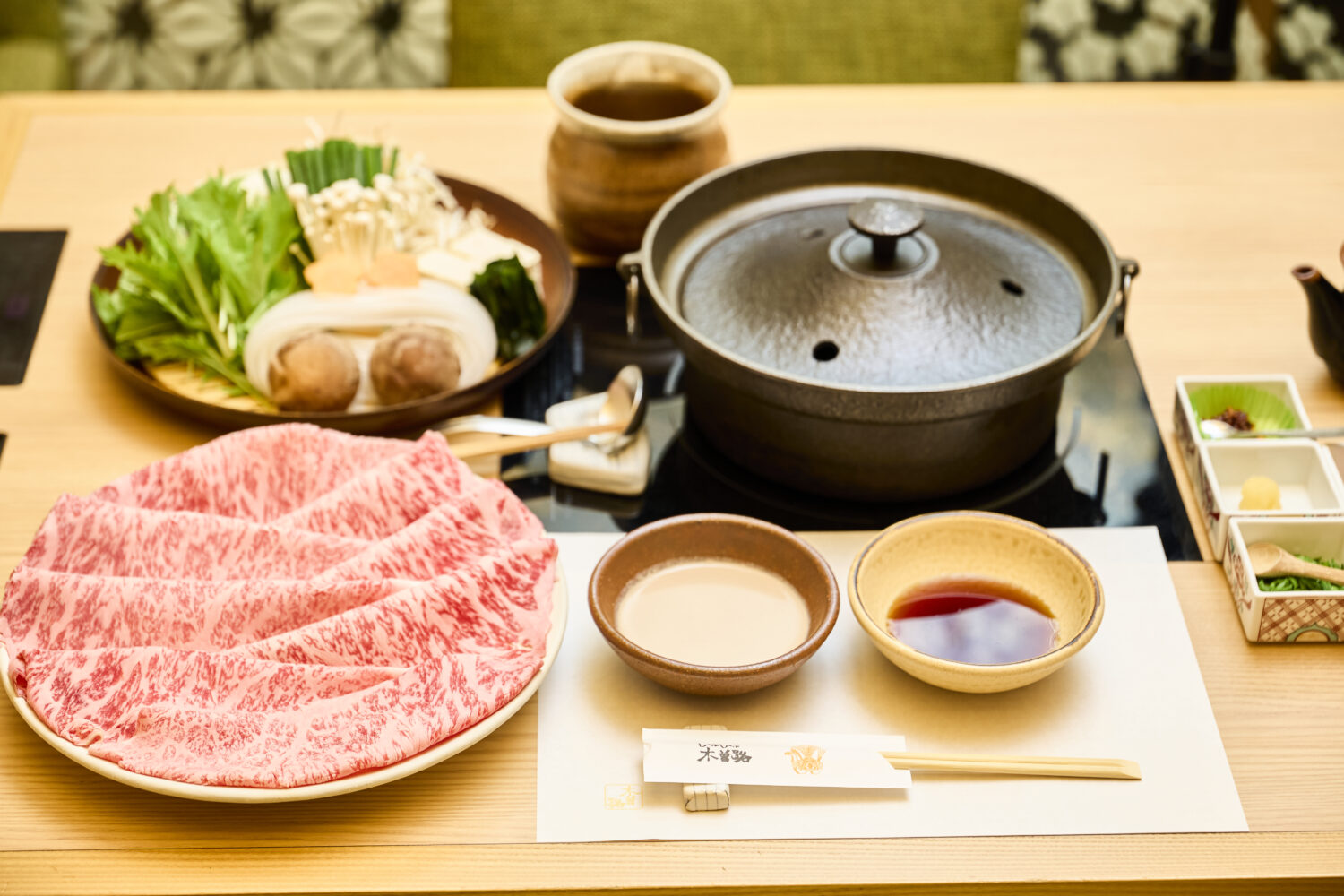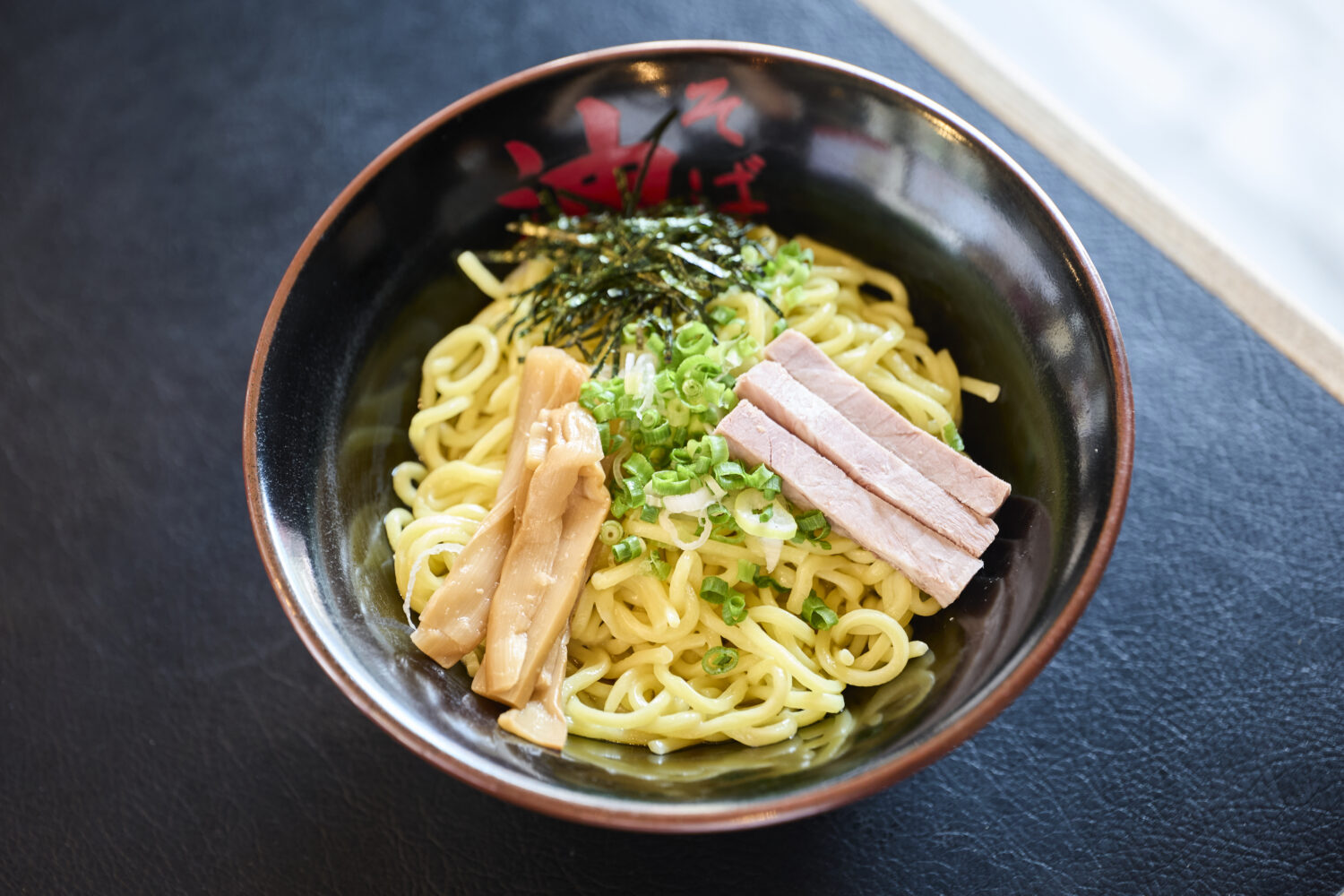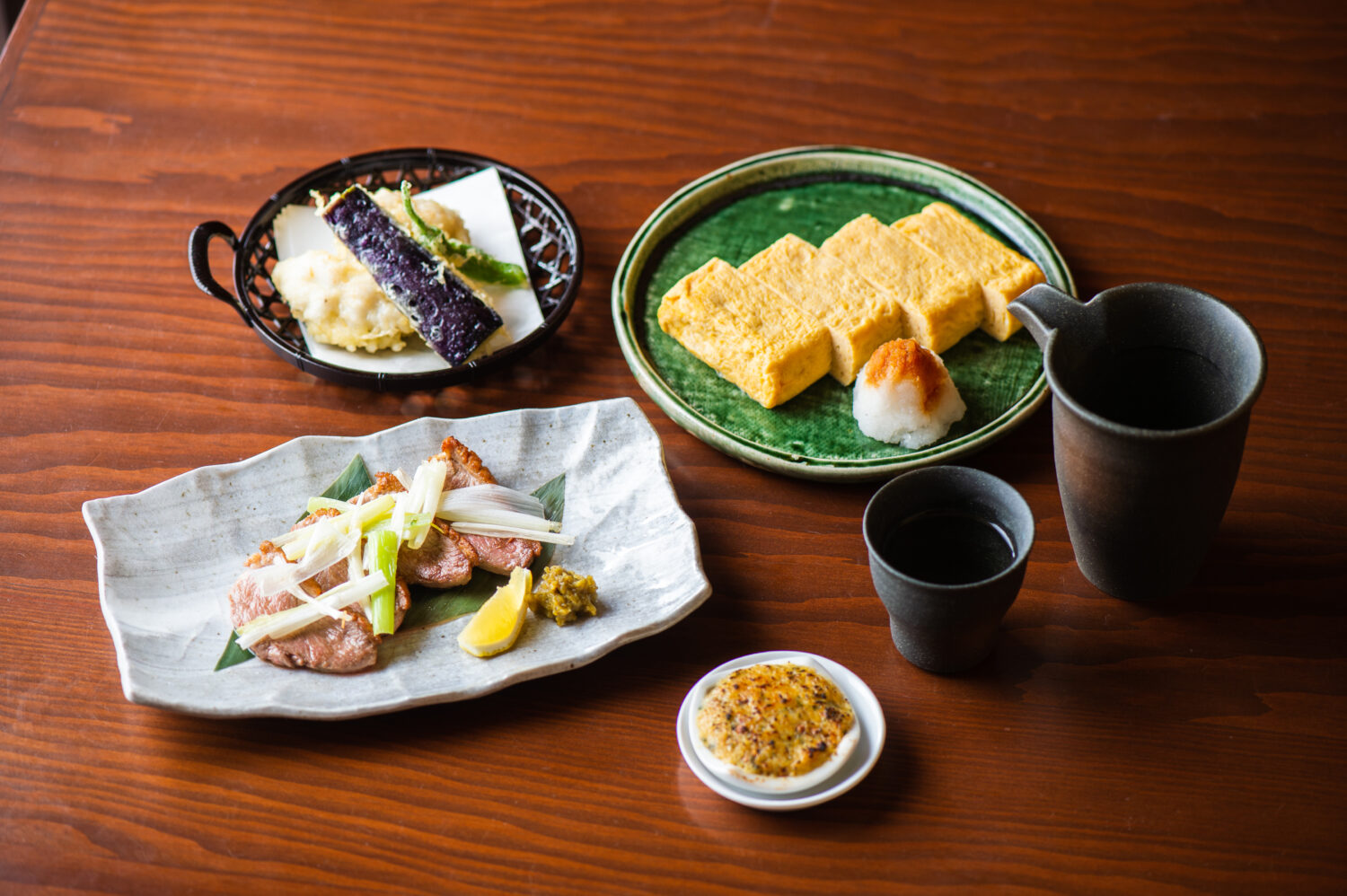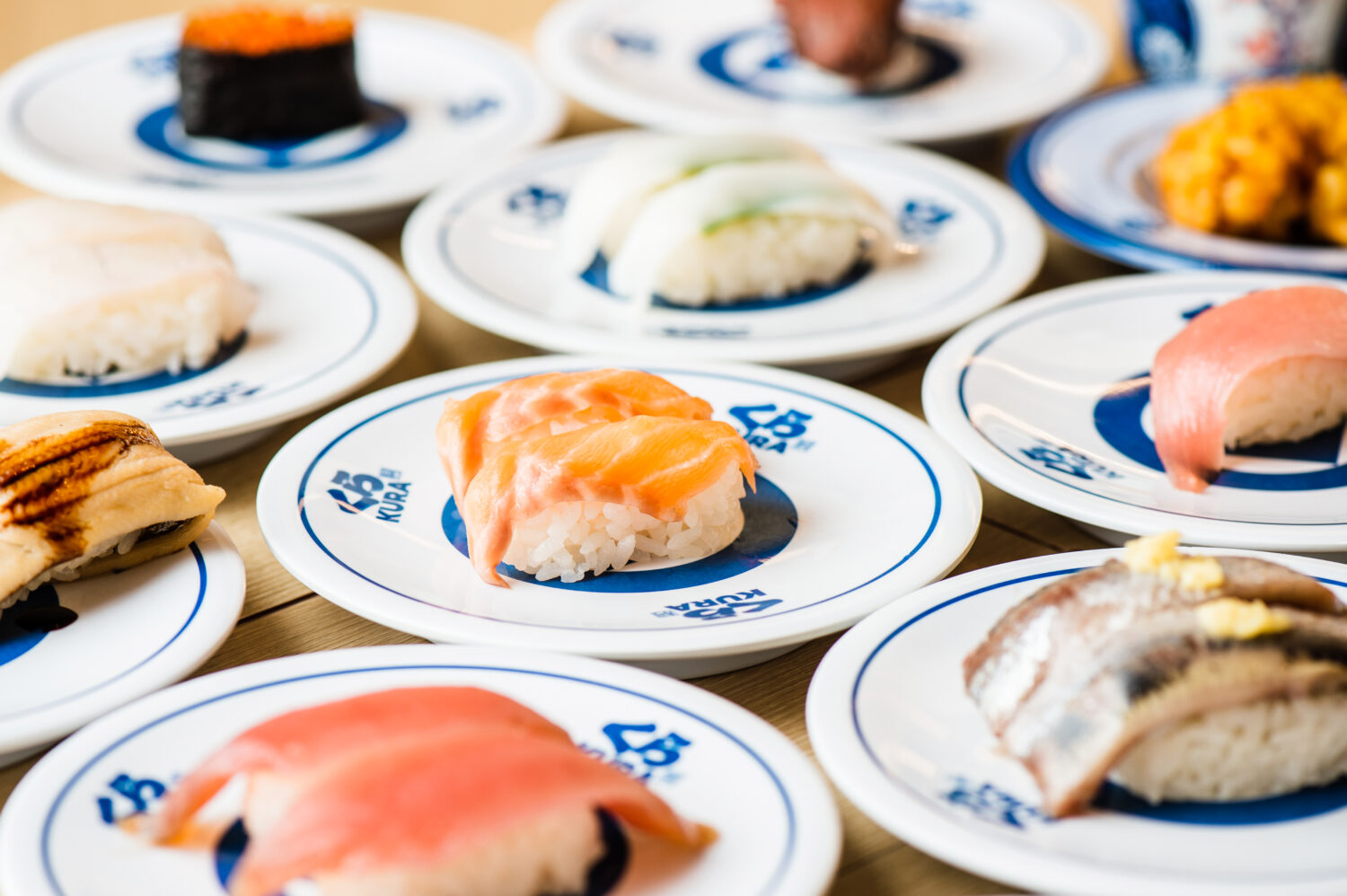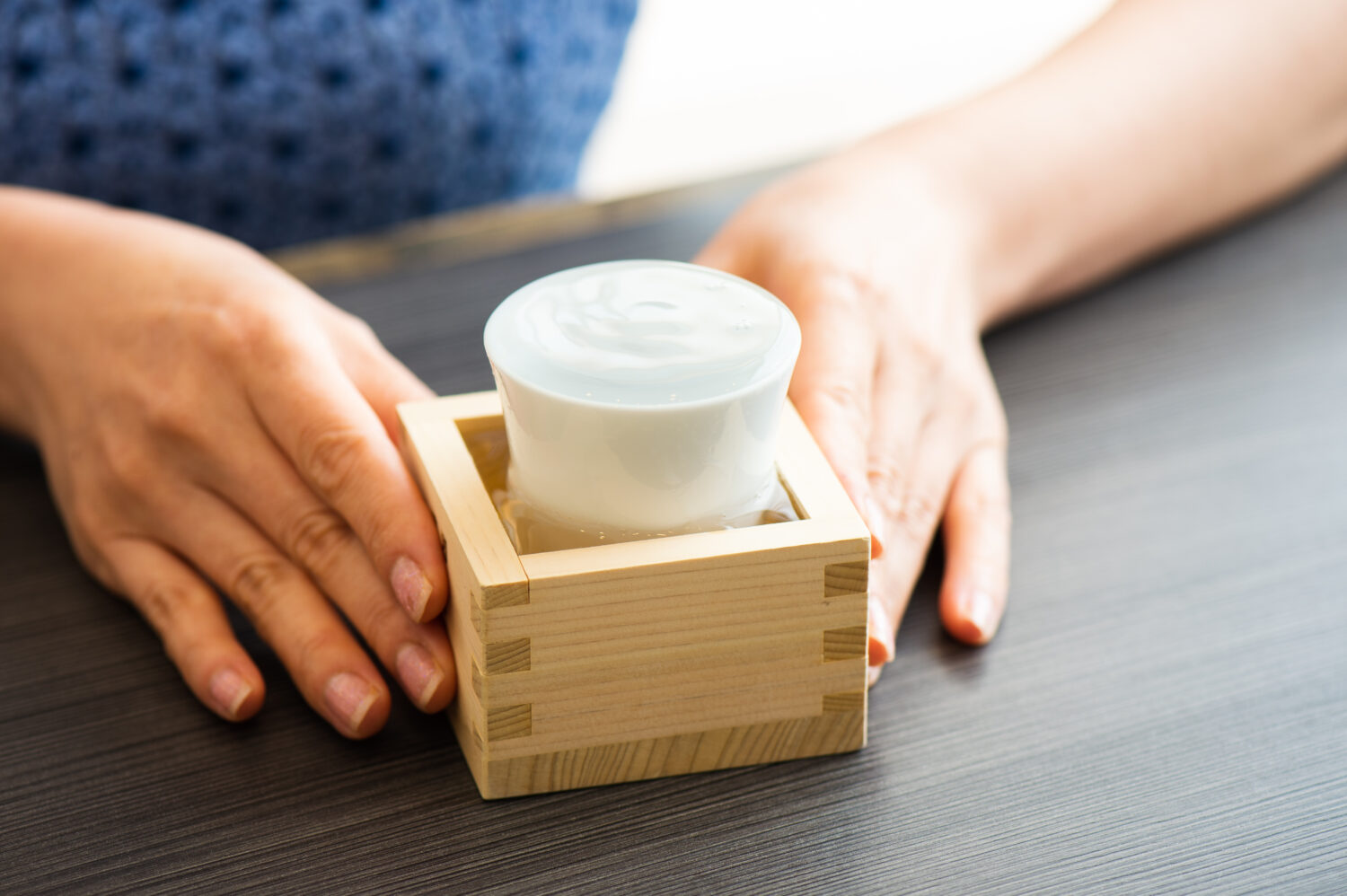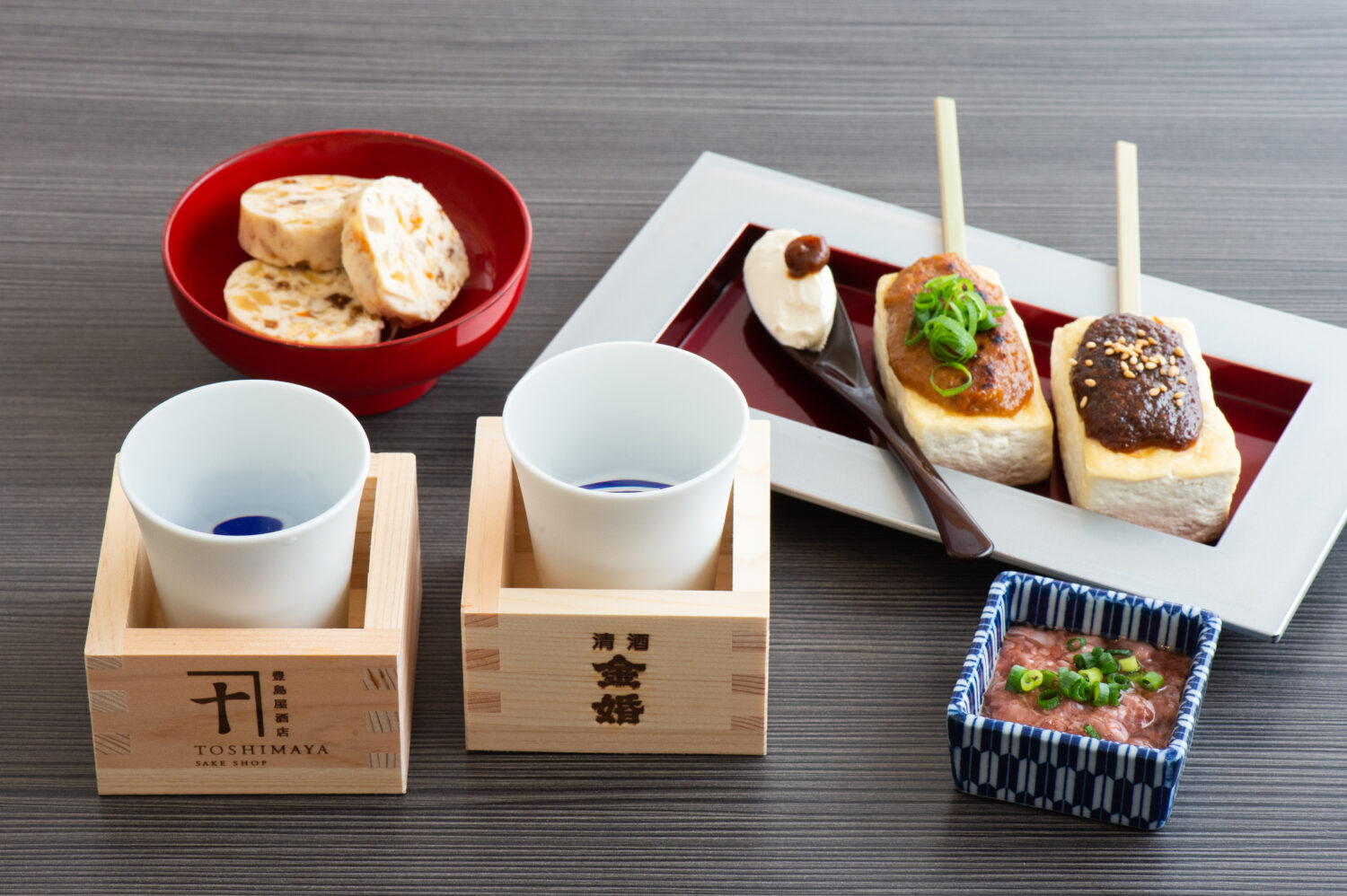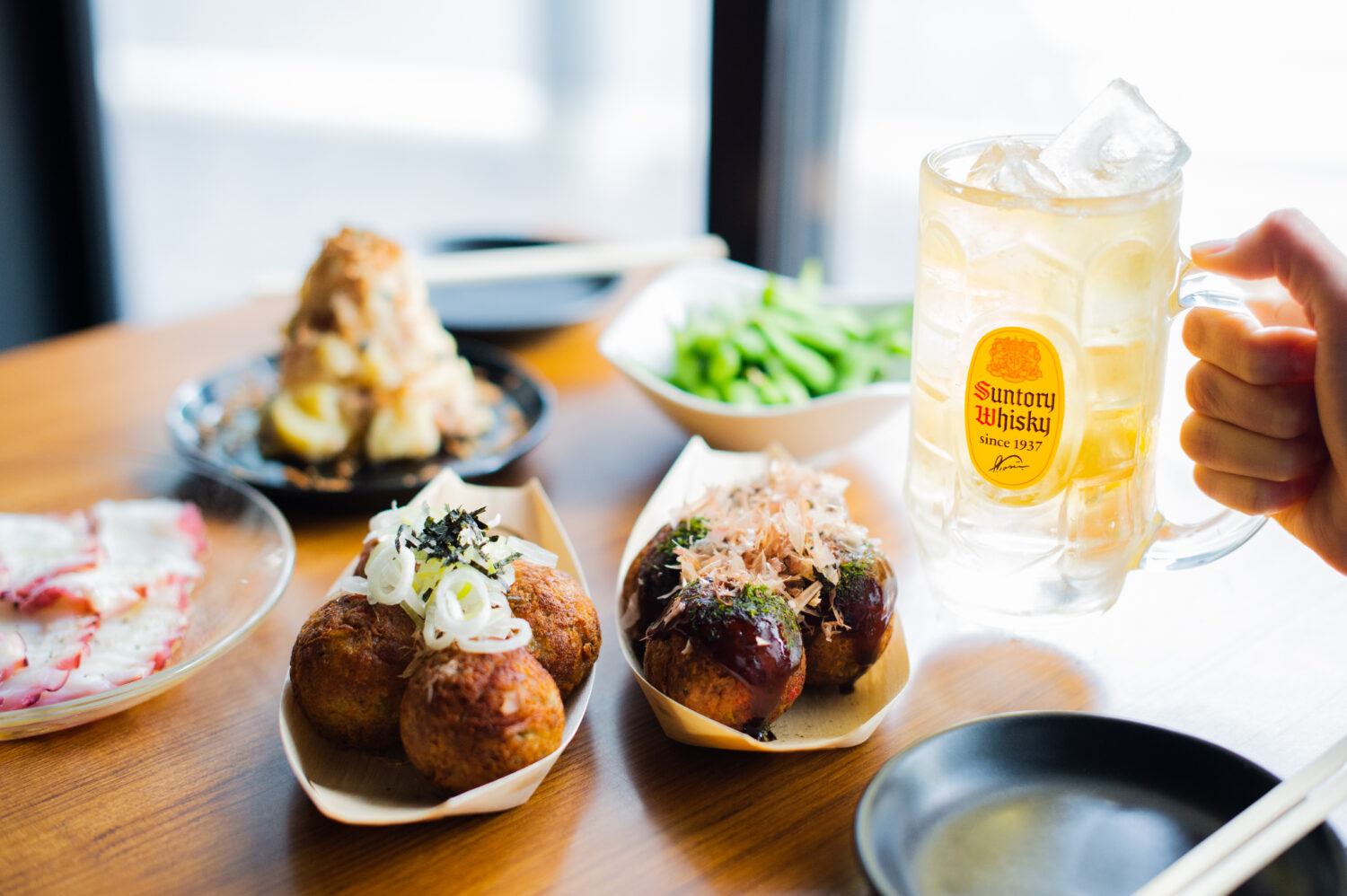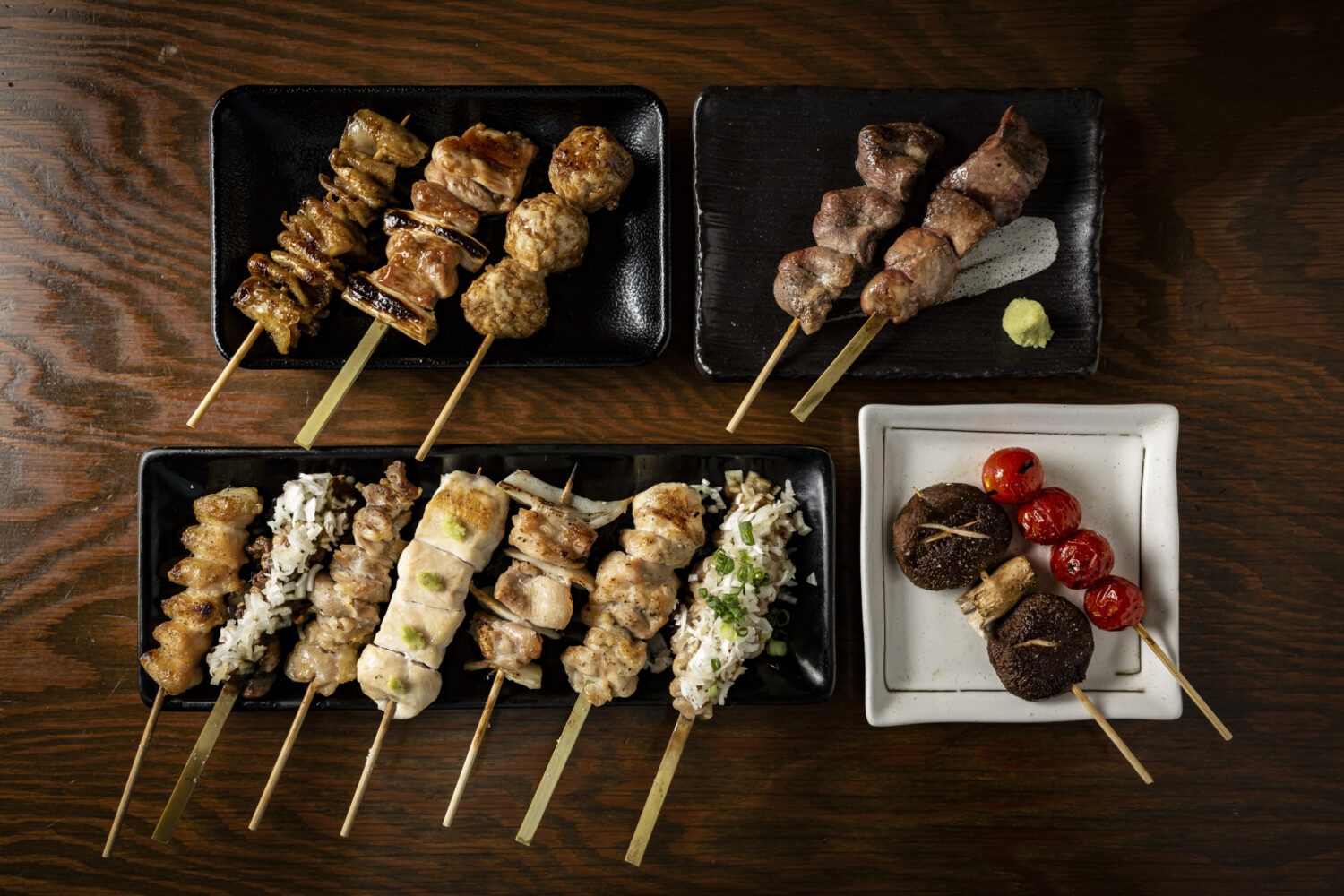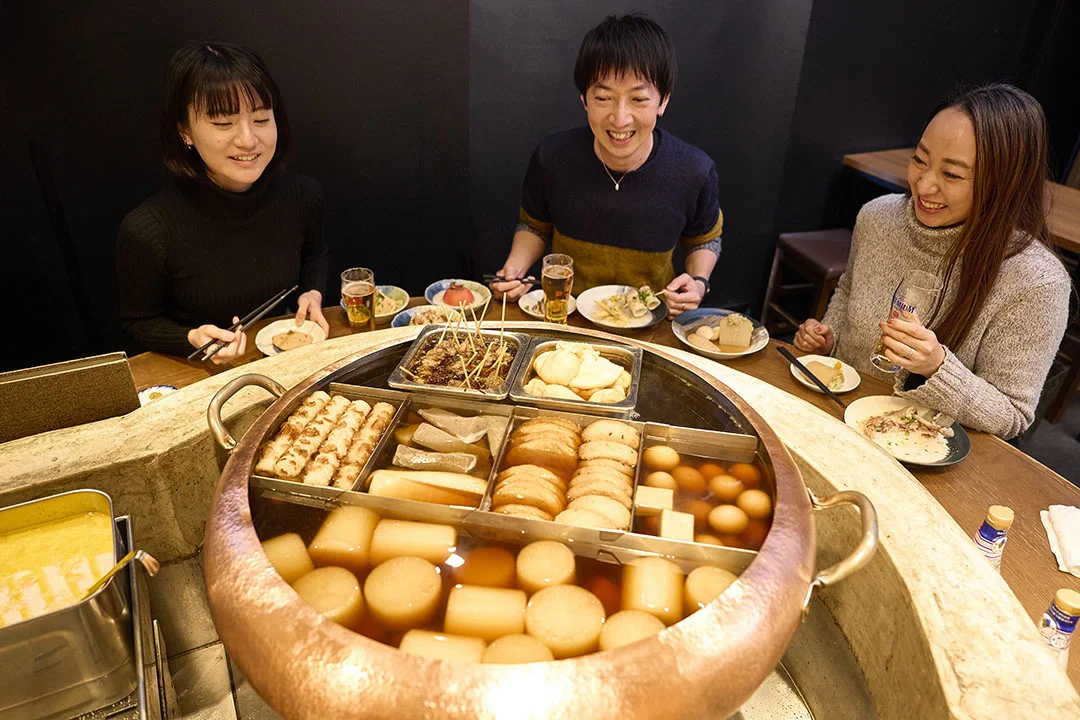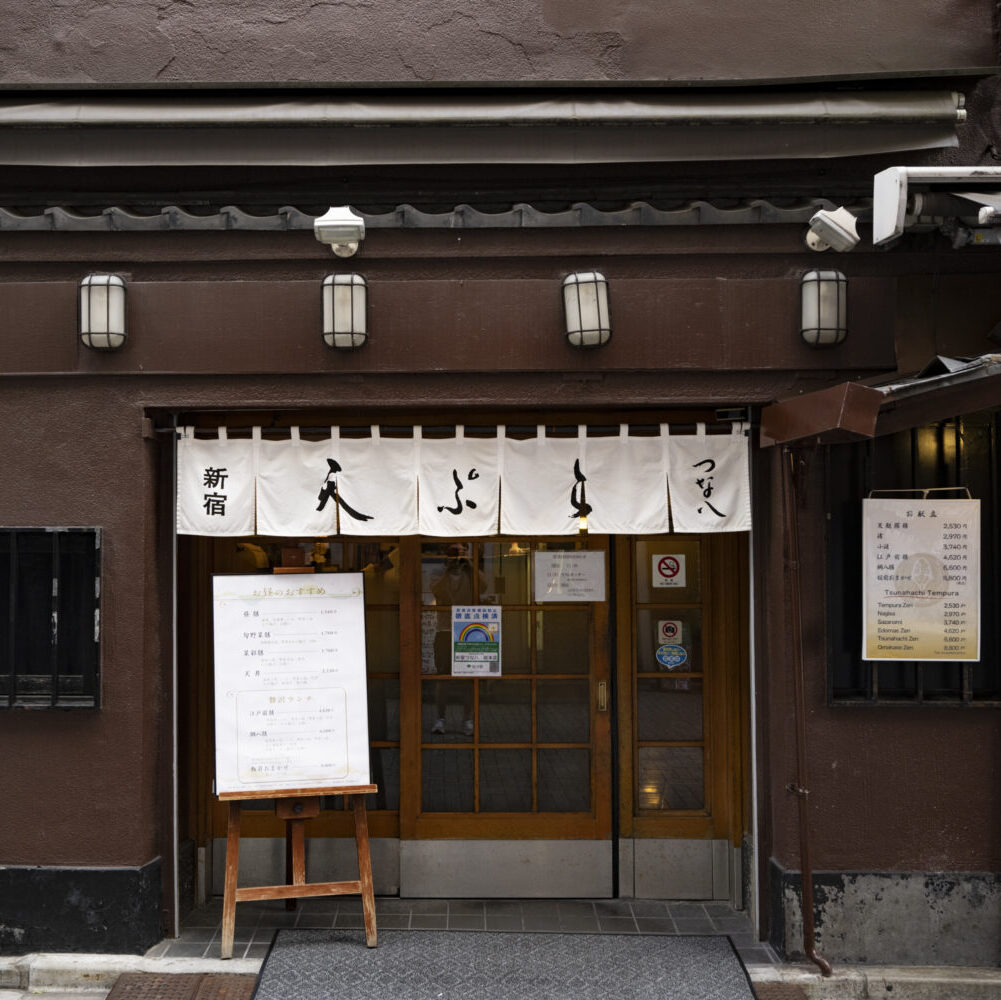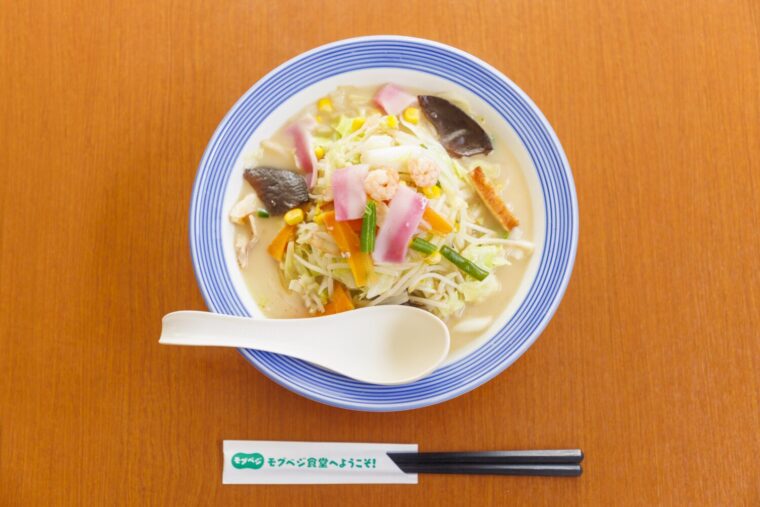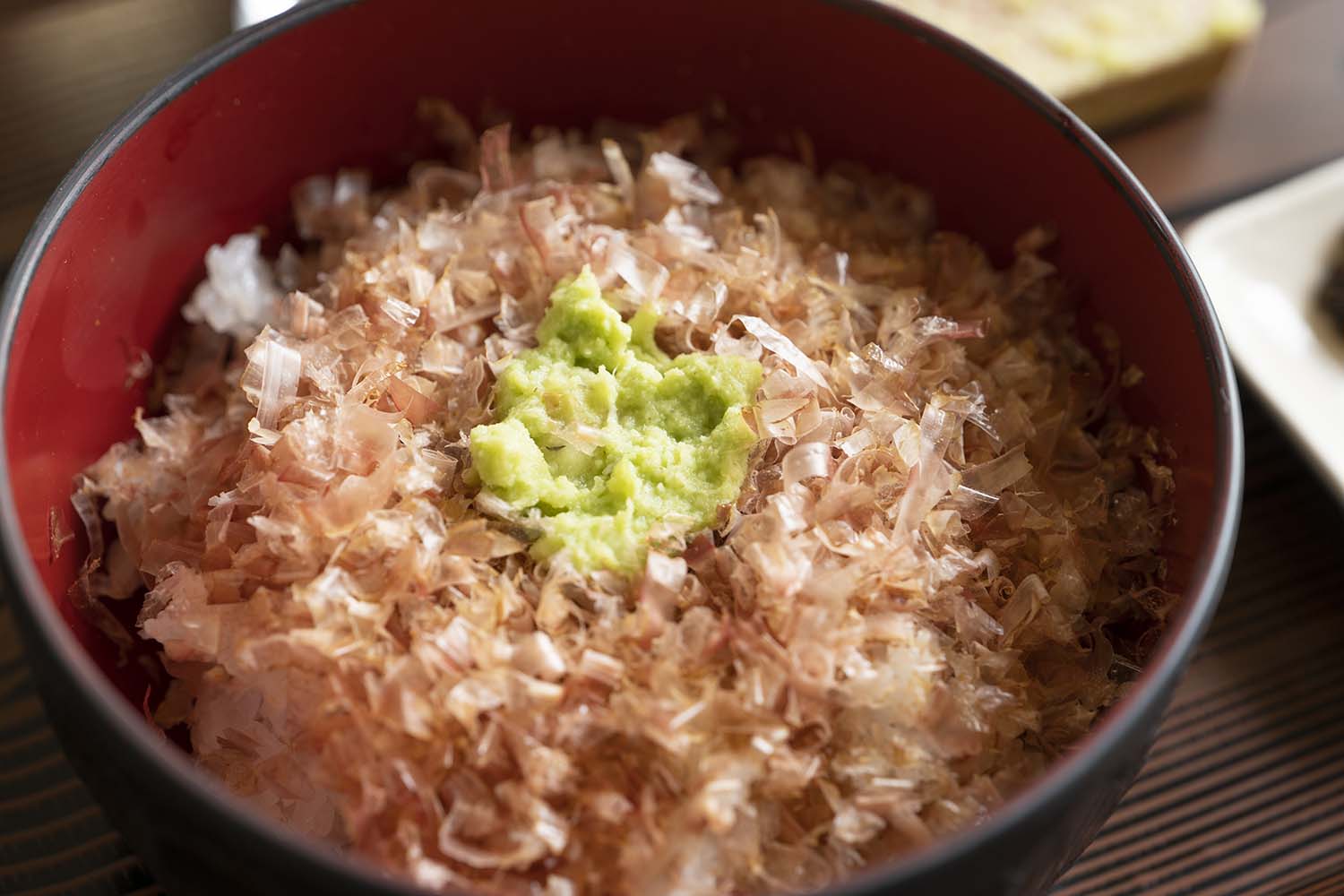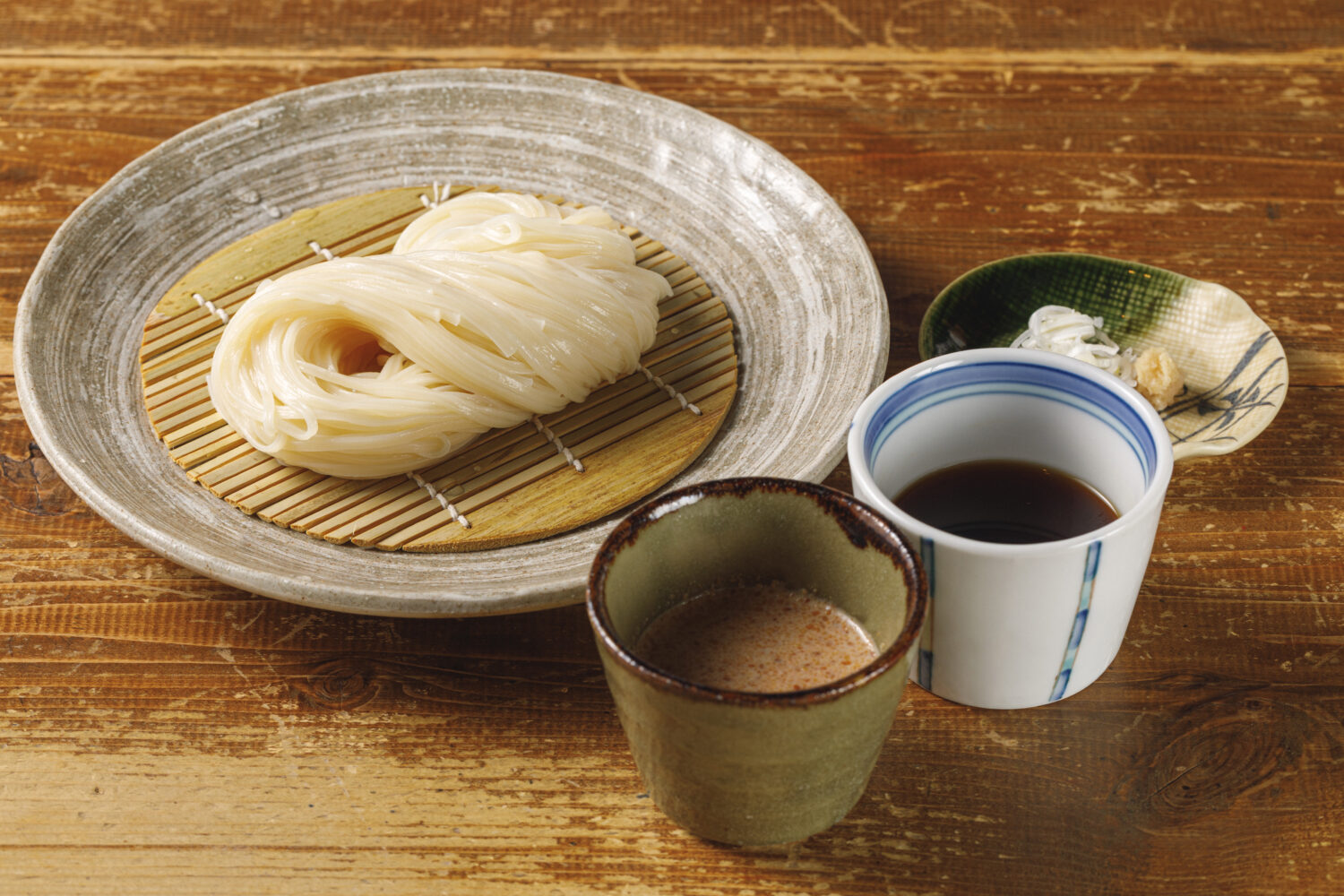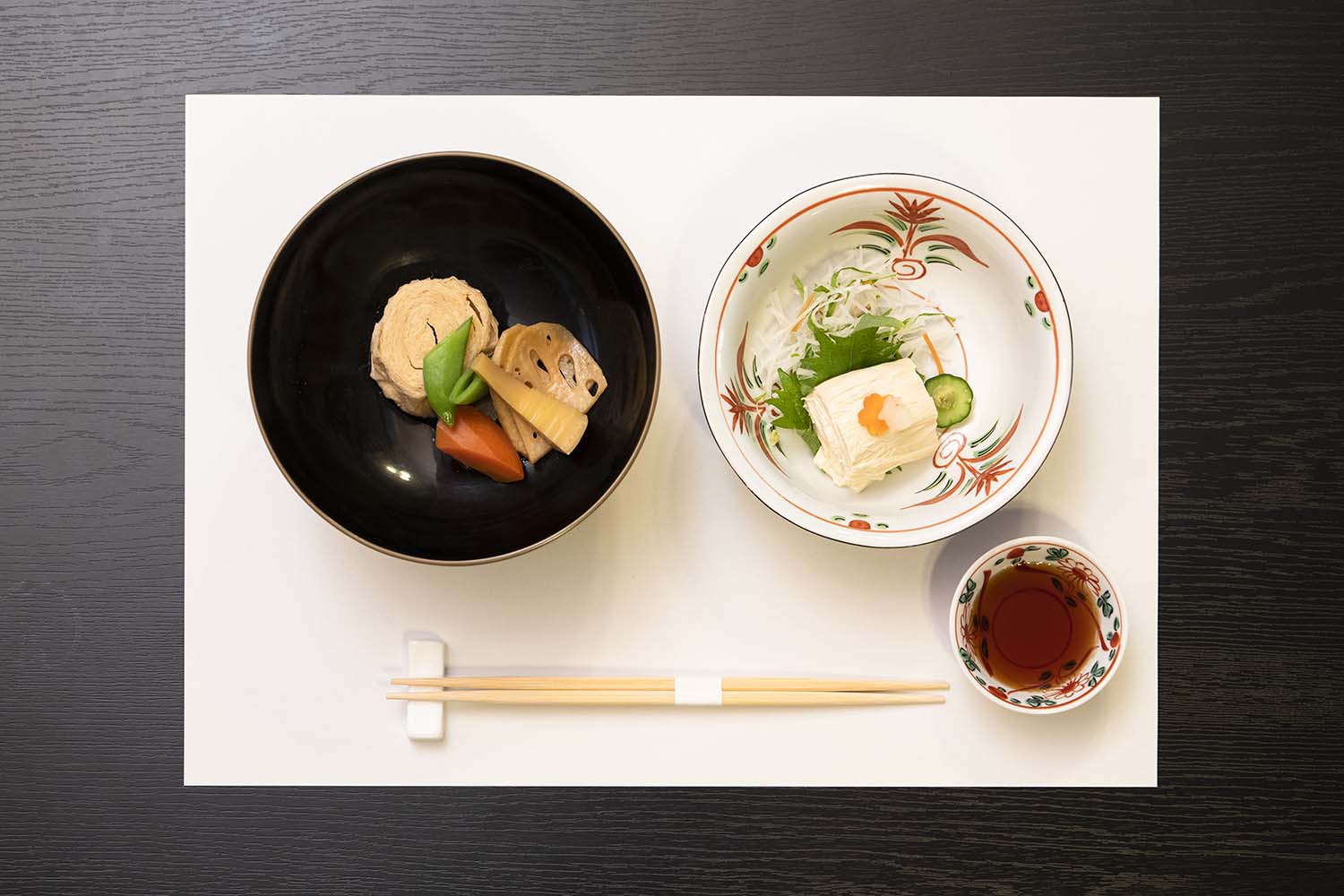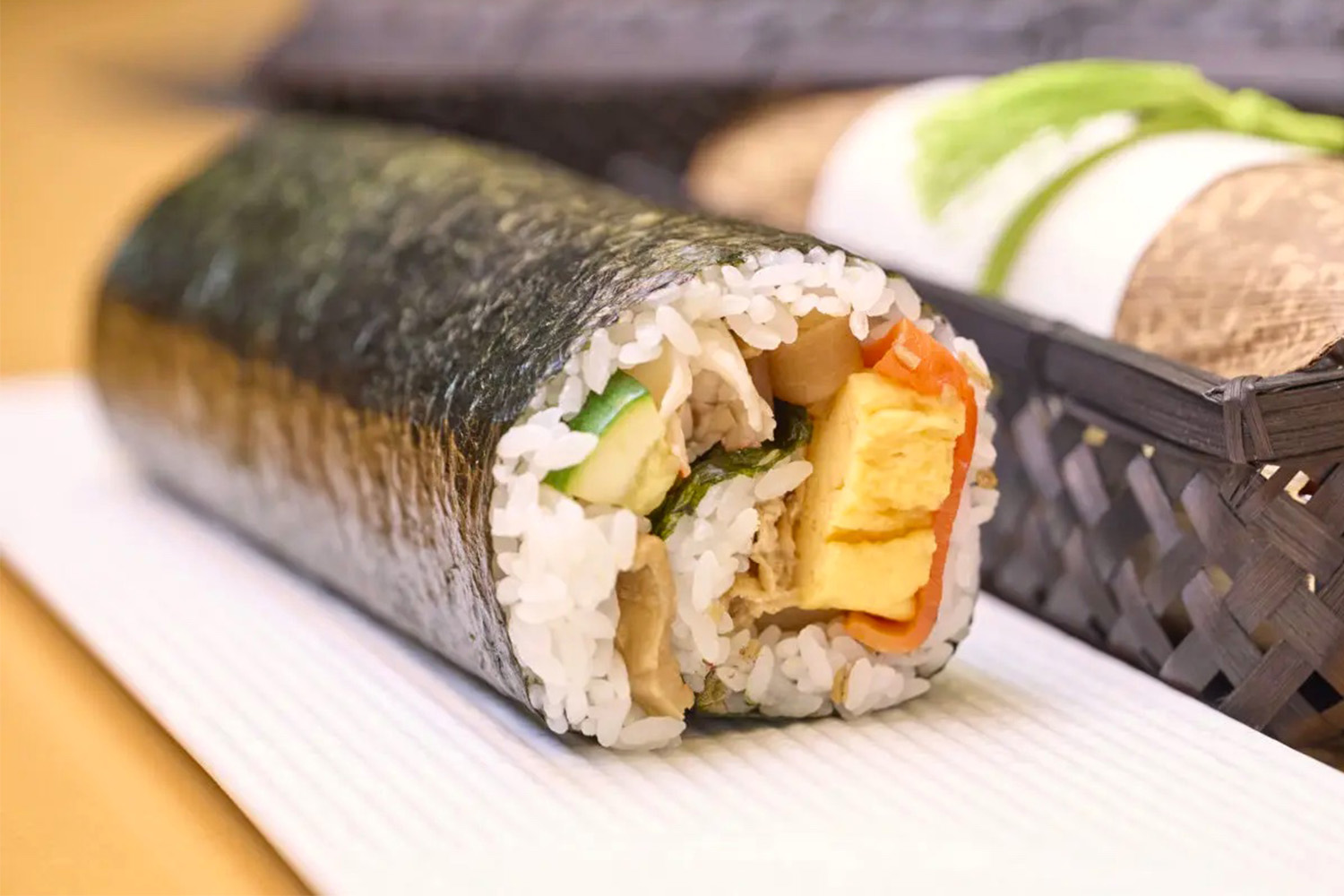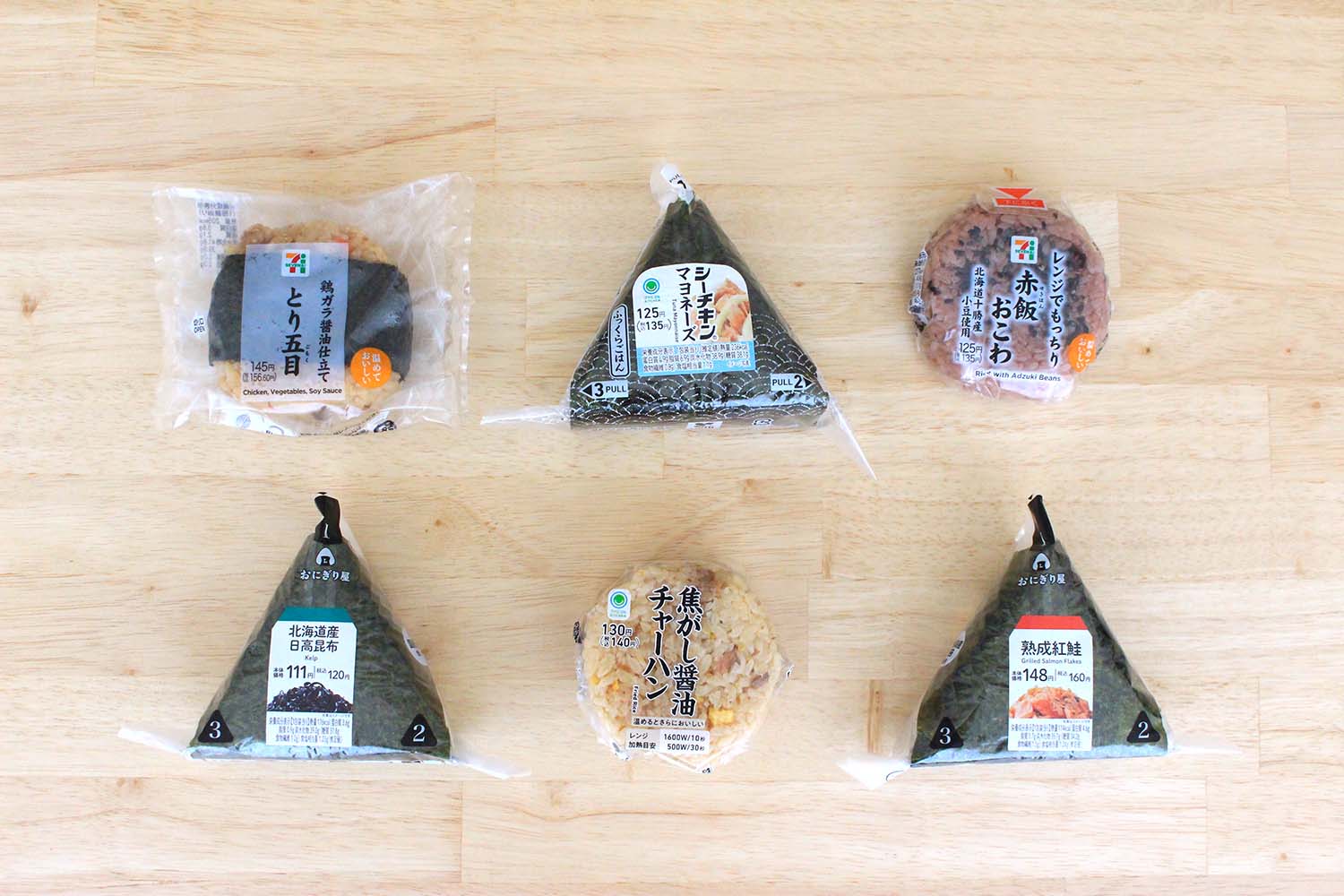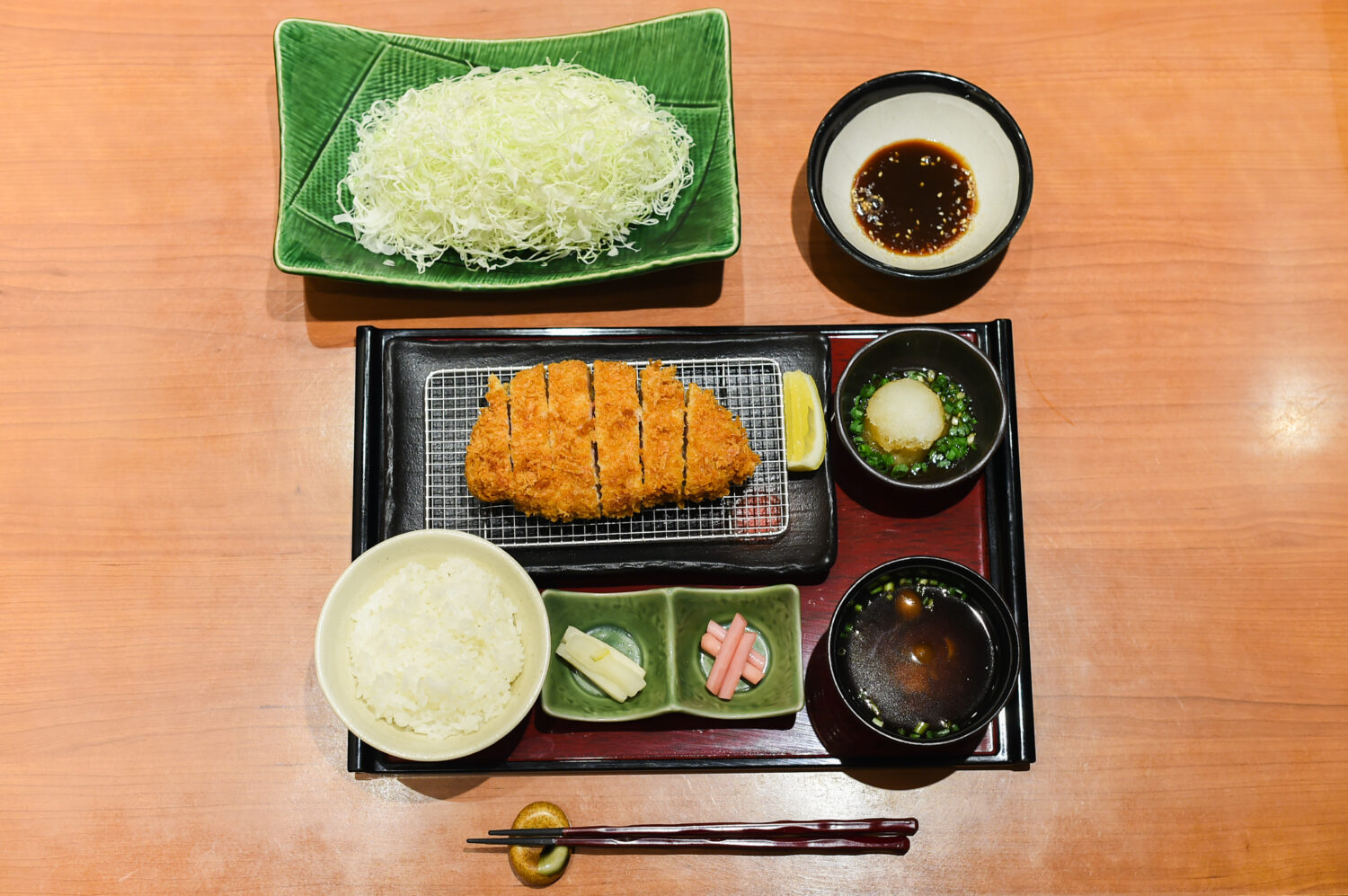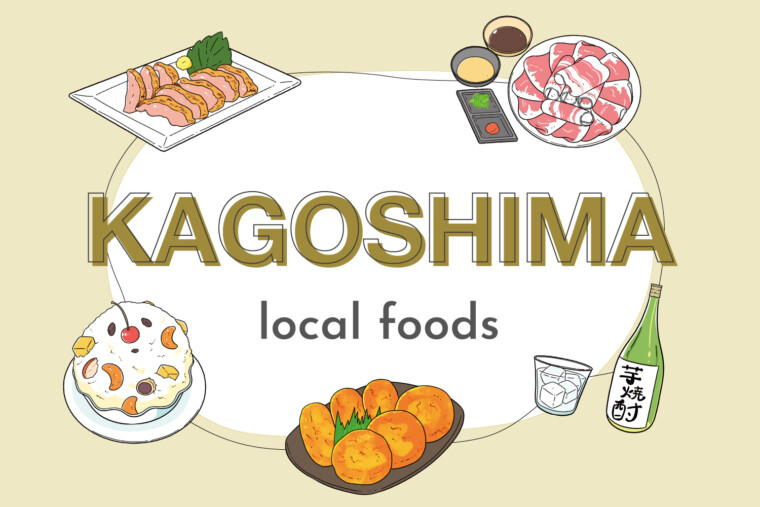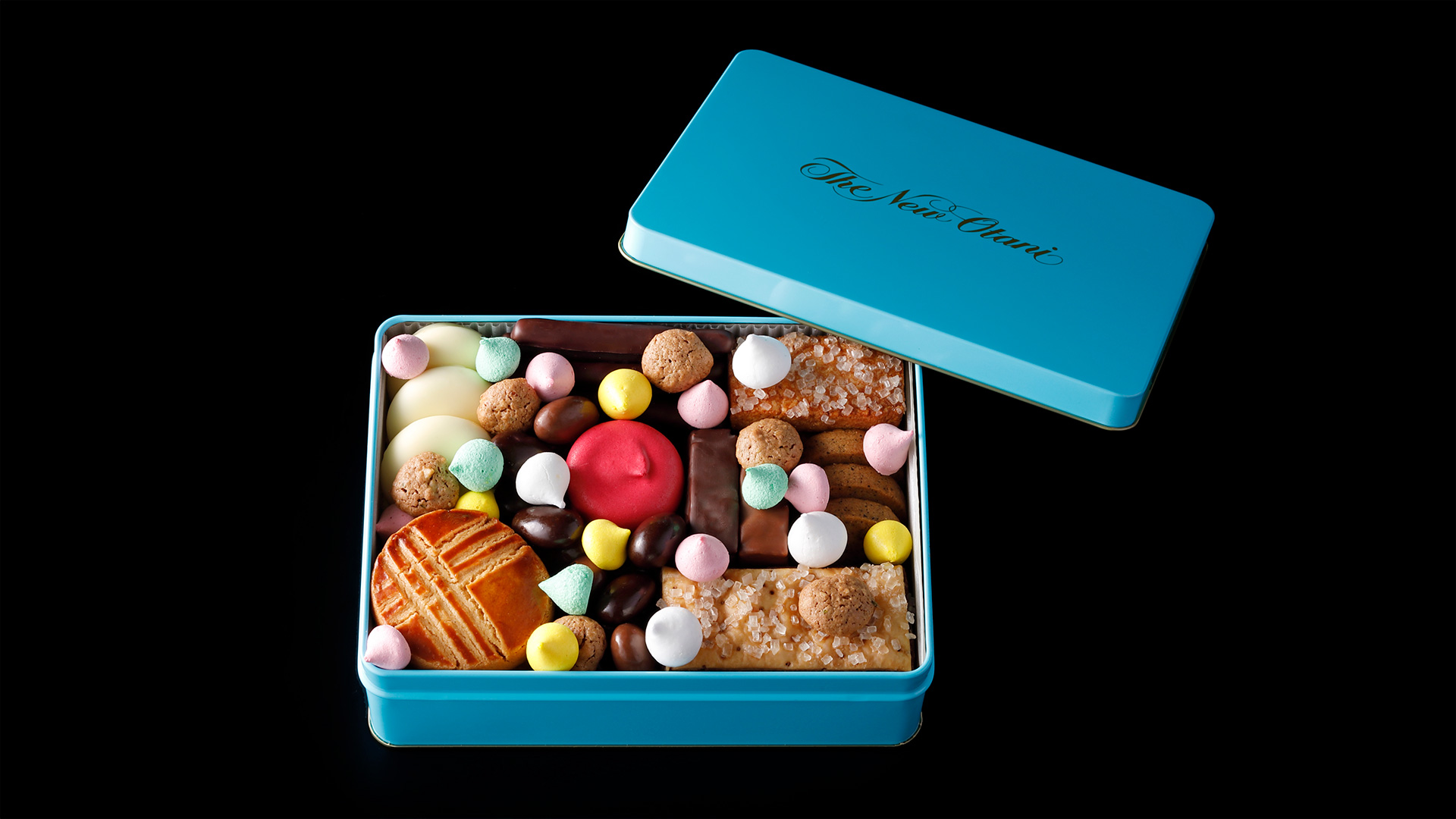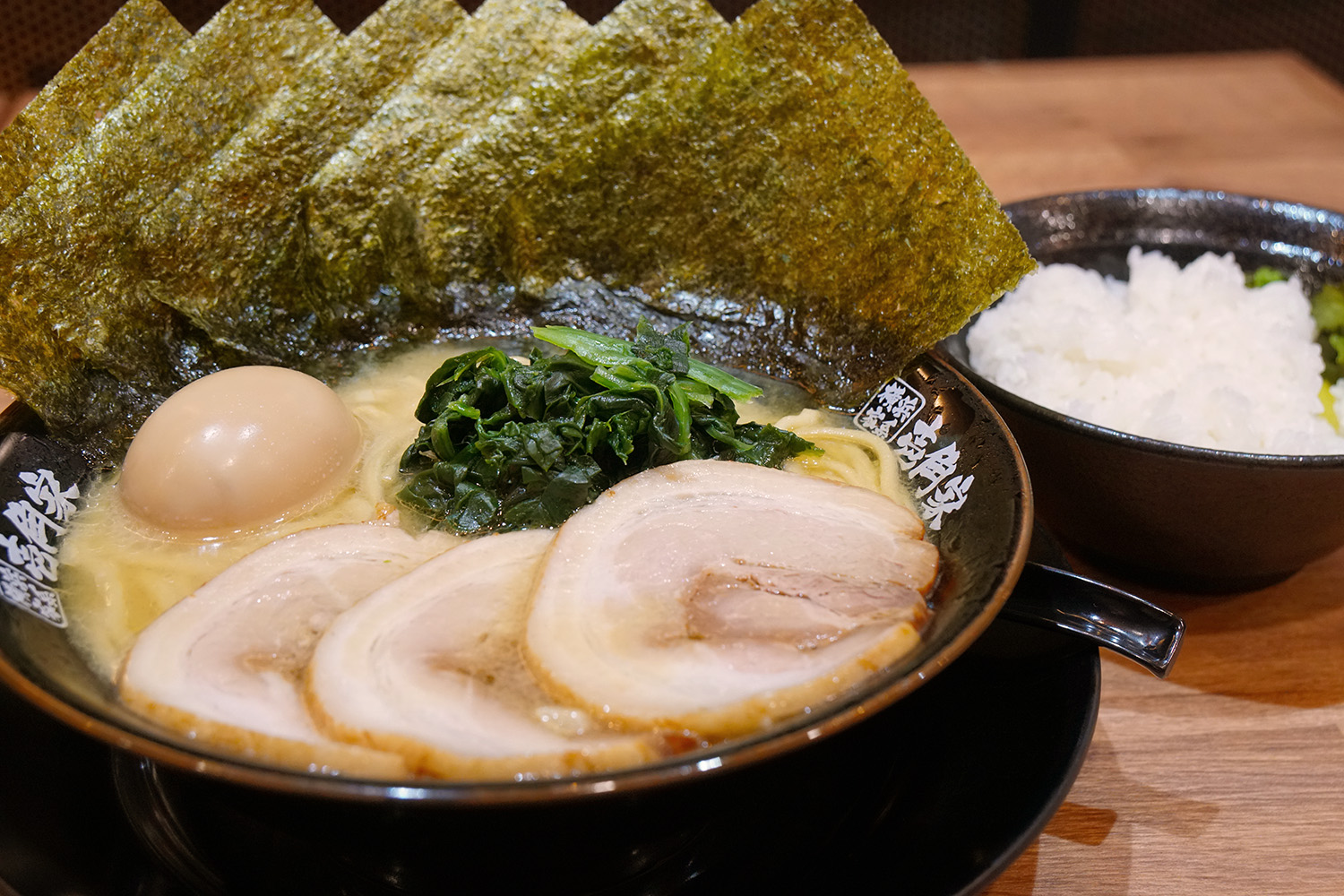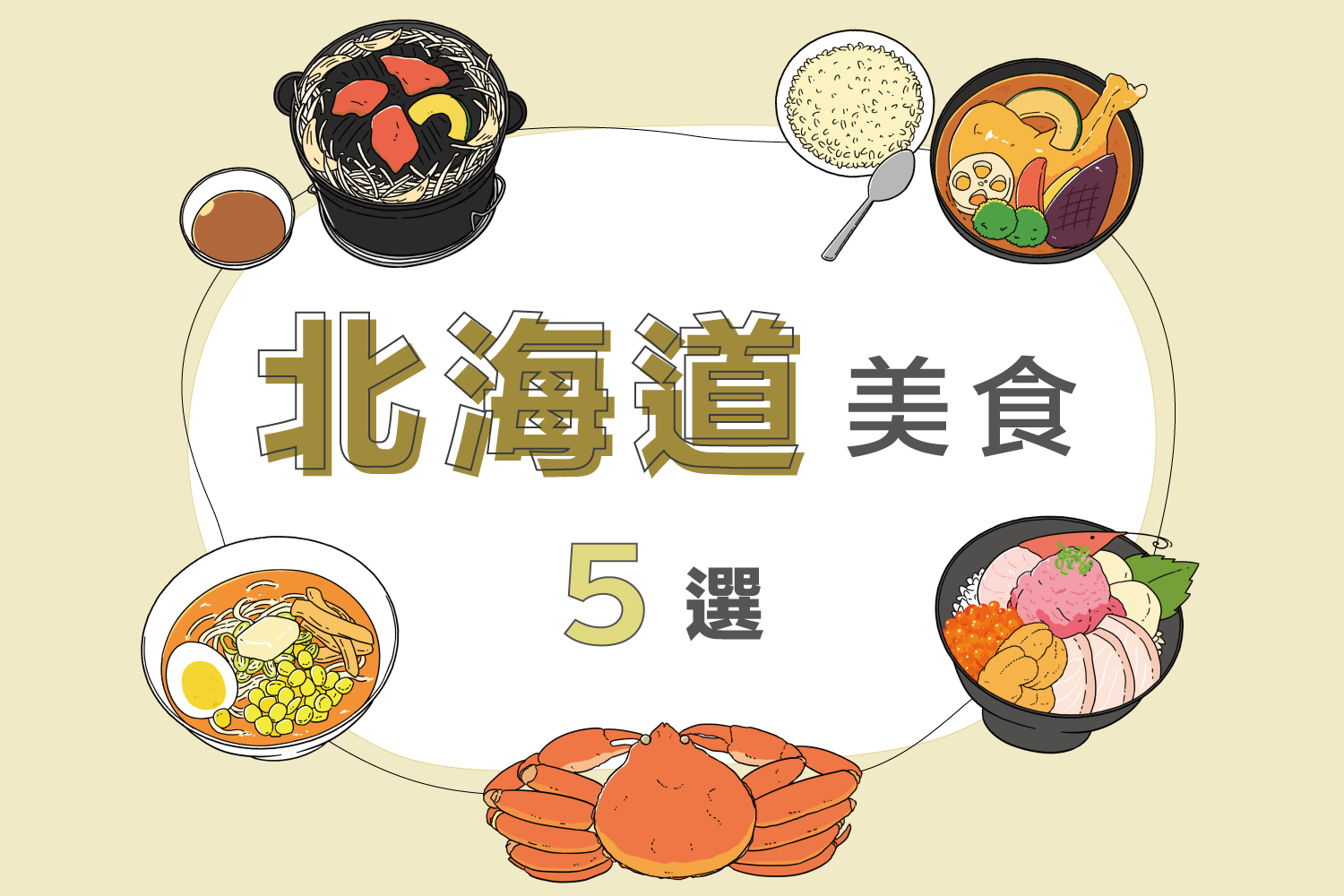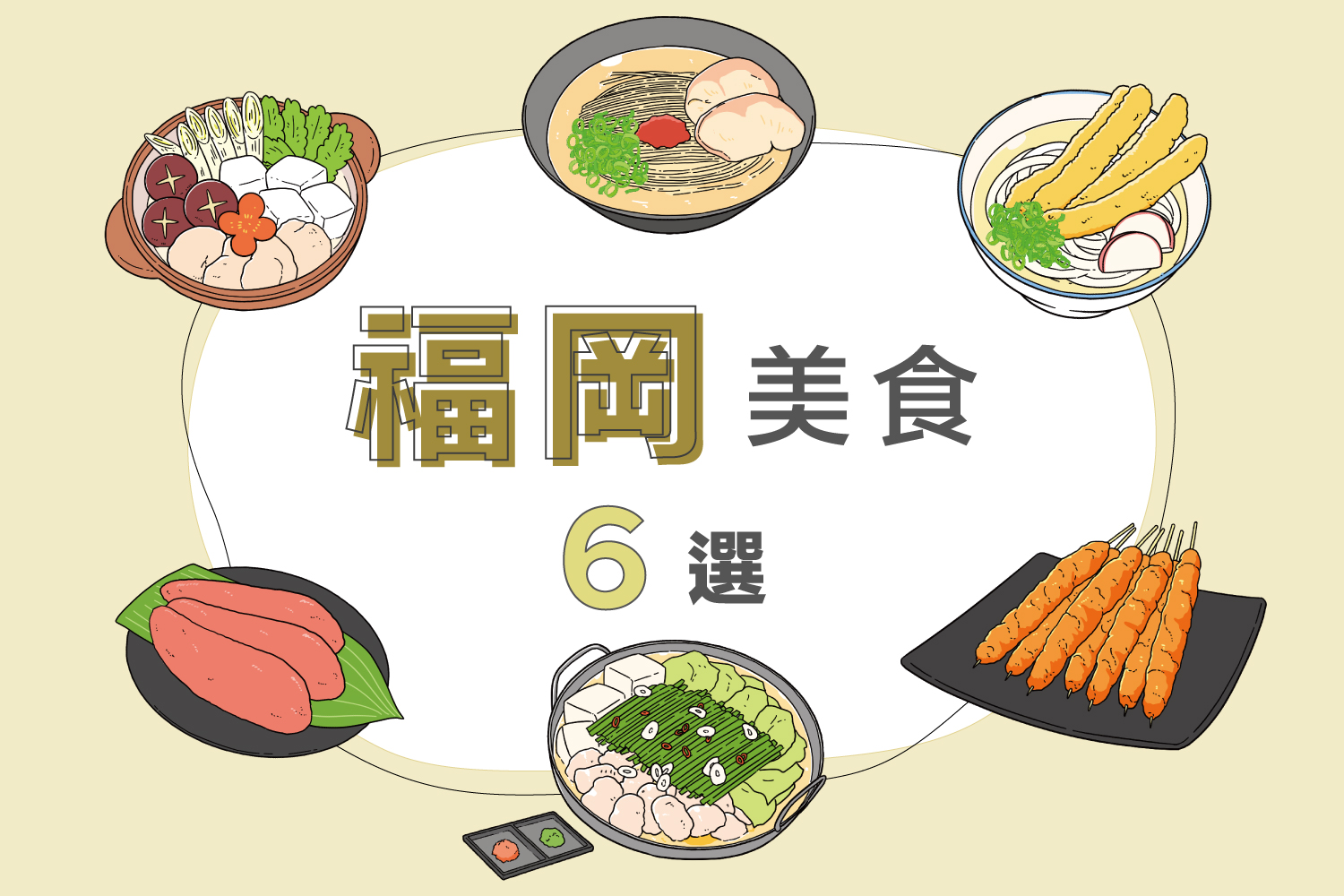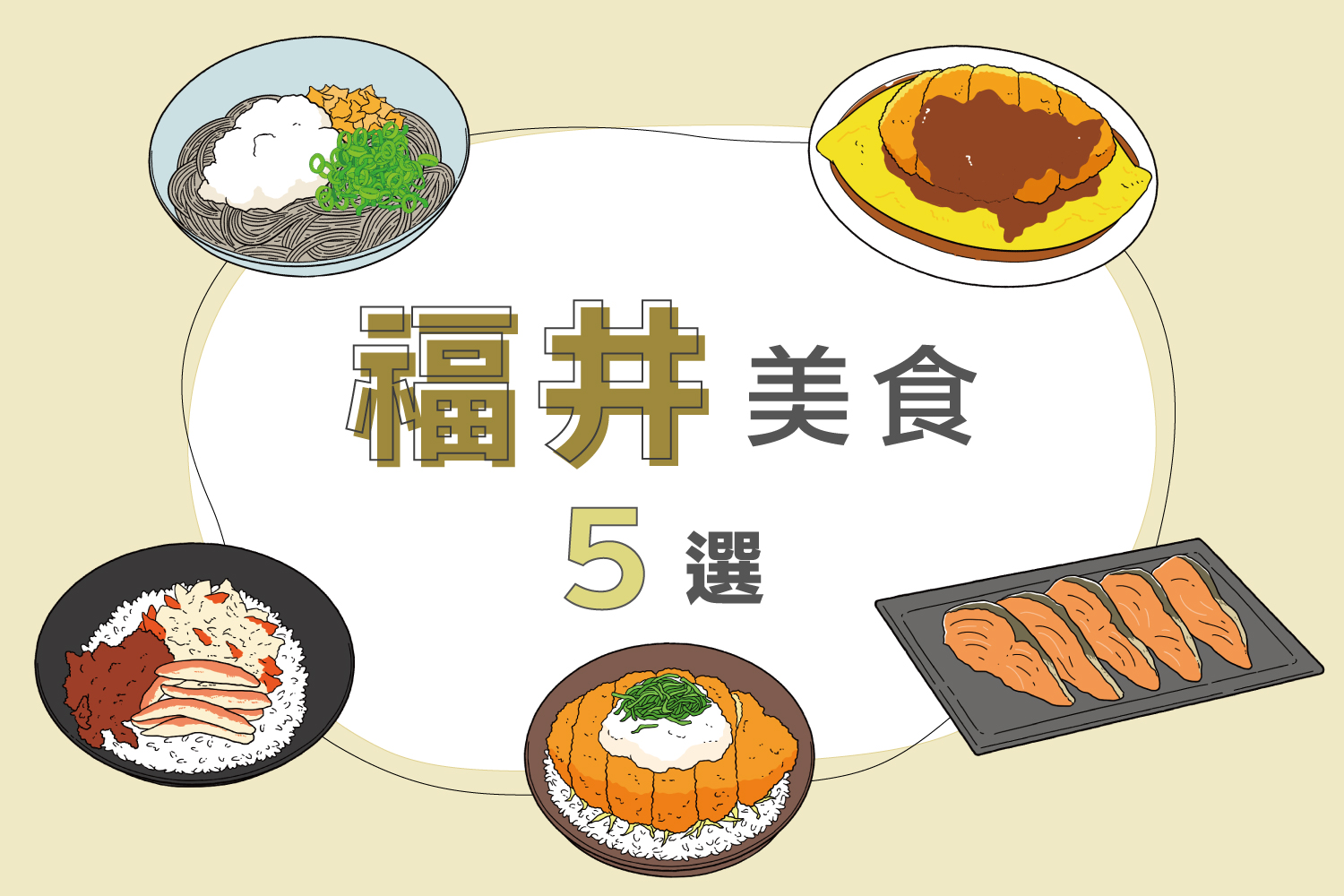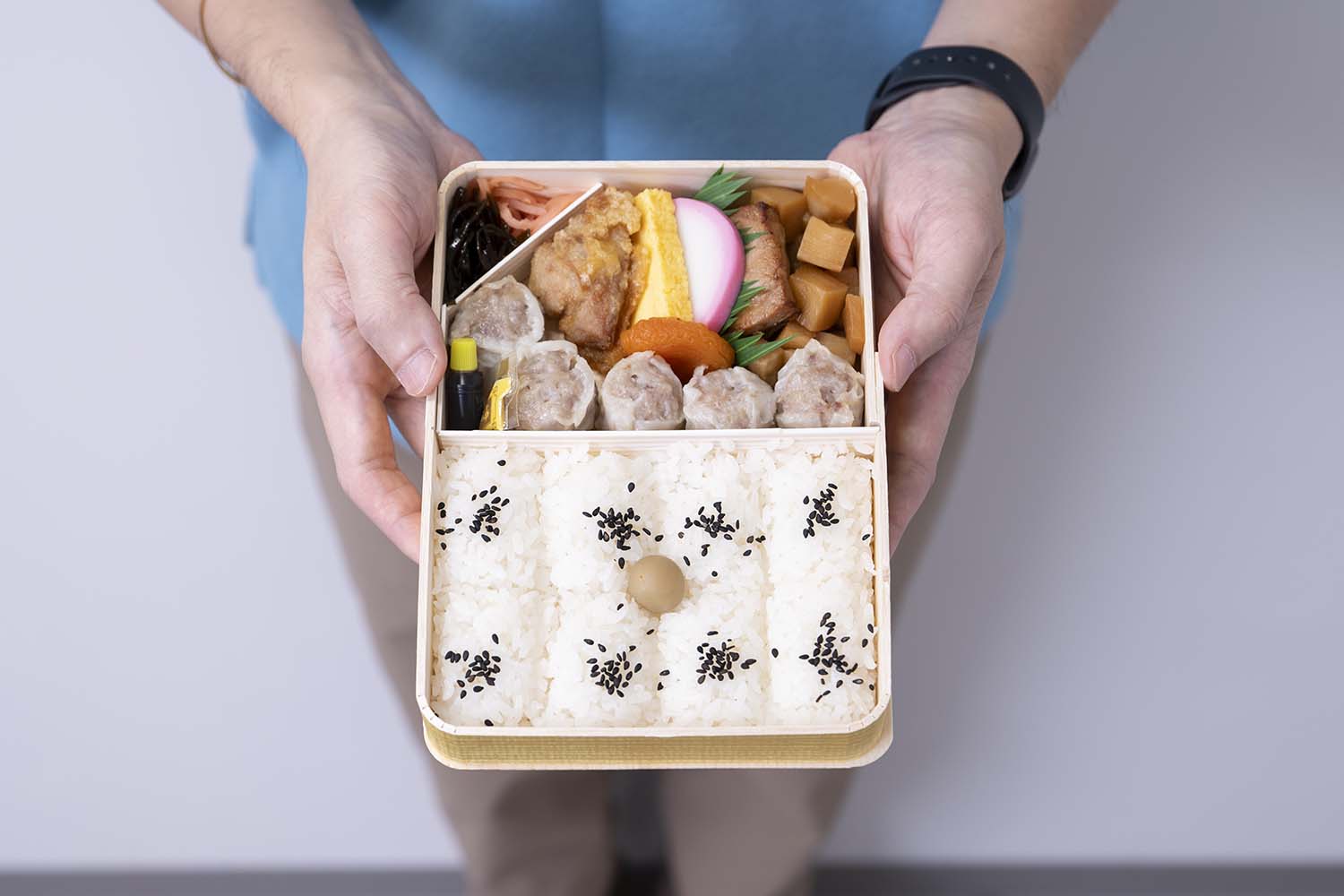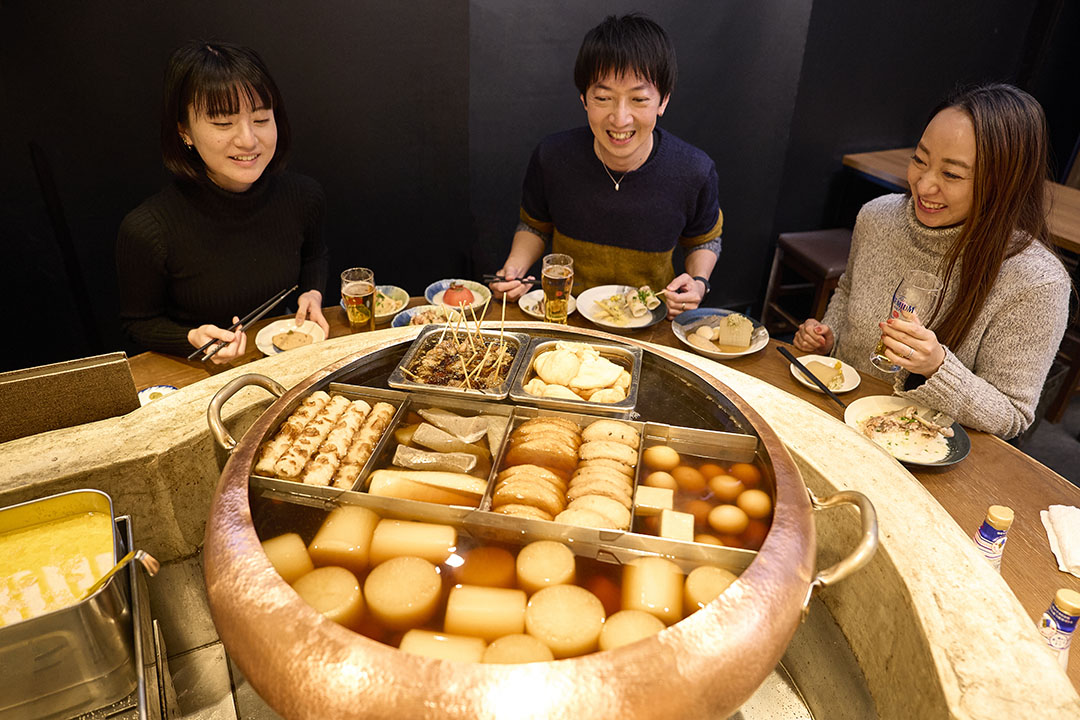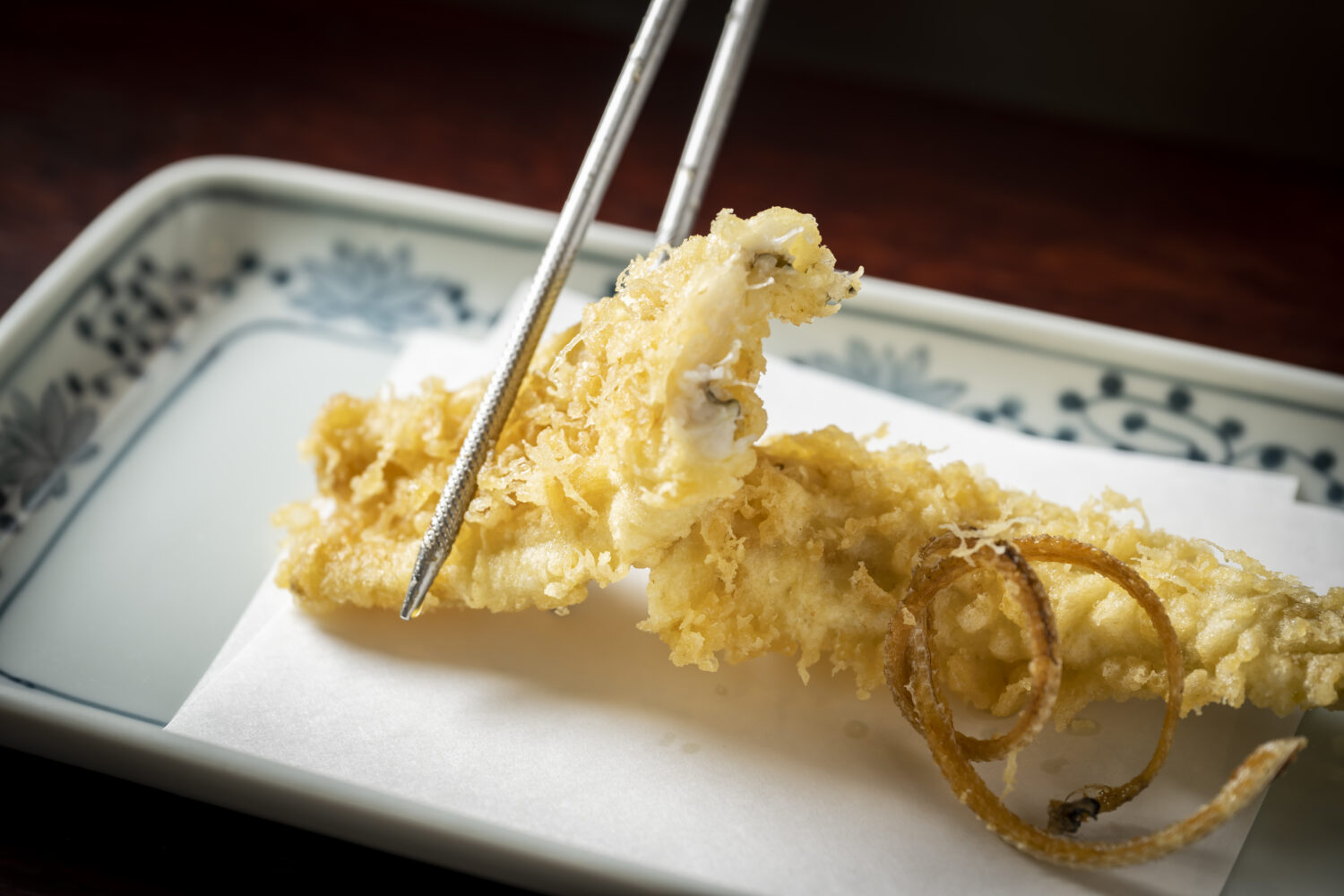
How to eat tempura | Sit at the counter to savor the ultimate in freshly-fried flavor and texture!
In Japan, there exists a style of tempura specialty restaurant where customers are seated at the counter. The format of frying “right before your eyes” is the true heart and soul of tempura. To enjoy this style of tempura at its very best, we’ve visited “Tsunahachi Sohonten”, a time-honored tempura specialty restaurant where guests enjoy freshly-fried tempura at the counter.
share:
Table of Contents
The counter seating method

Tsunahachi’s philosophy is “oil first, ingredients second, and chef’s skill third”. Indeed, successful tempura is a test of high-quality oil, fresh, carefully-selected ingredients, and the focused talents of a skilled chef. At the counter, chefs prepare live prawns on the spot, showing each piece to the customer before frying. The chef must consider the perfect frying time for each ingredient, and discern the exact moment to serve each piece at its best. In this style, the appreciative customer will know that each piece of tempura should be enjoyed immediately as it is served.

You should take the opportunity to speak with the chef, in Japanese or English. Common questions would include “Kono shokuzai wa doko de toreta mono desu ka?” (Where was this ingredient sourced from?) and “Donna tabekata ga osusume desu ka?” (How do you recommend to enjoy this?) When having sushi, the primary consideration is the seasonality of seafood, but tempura also allows you to appreciate the seasonality of vegetables. A tempura aficionado will be sure to ask, “Shun no sakana, yasai wa nan desu ka?” (What seafood and vegetables are in season?) Many such restaurants do not display prices, but if you are concerned, it’s perfectly fine to ask, “Kore wa ikura desu ka?” (How much does this cost?)
Start with light items, then move on to more robust items
Prawn エビ ebi
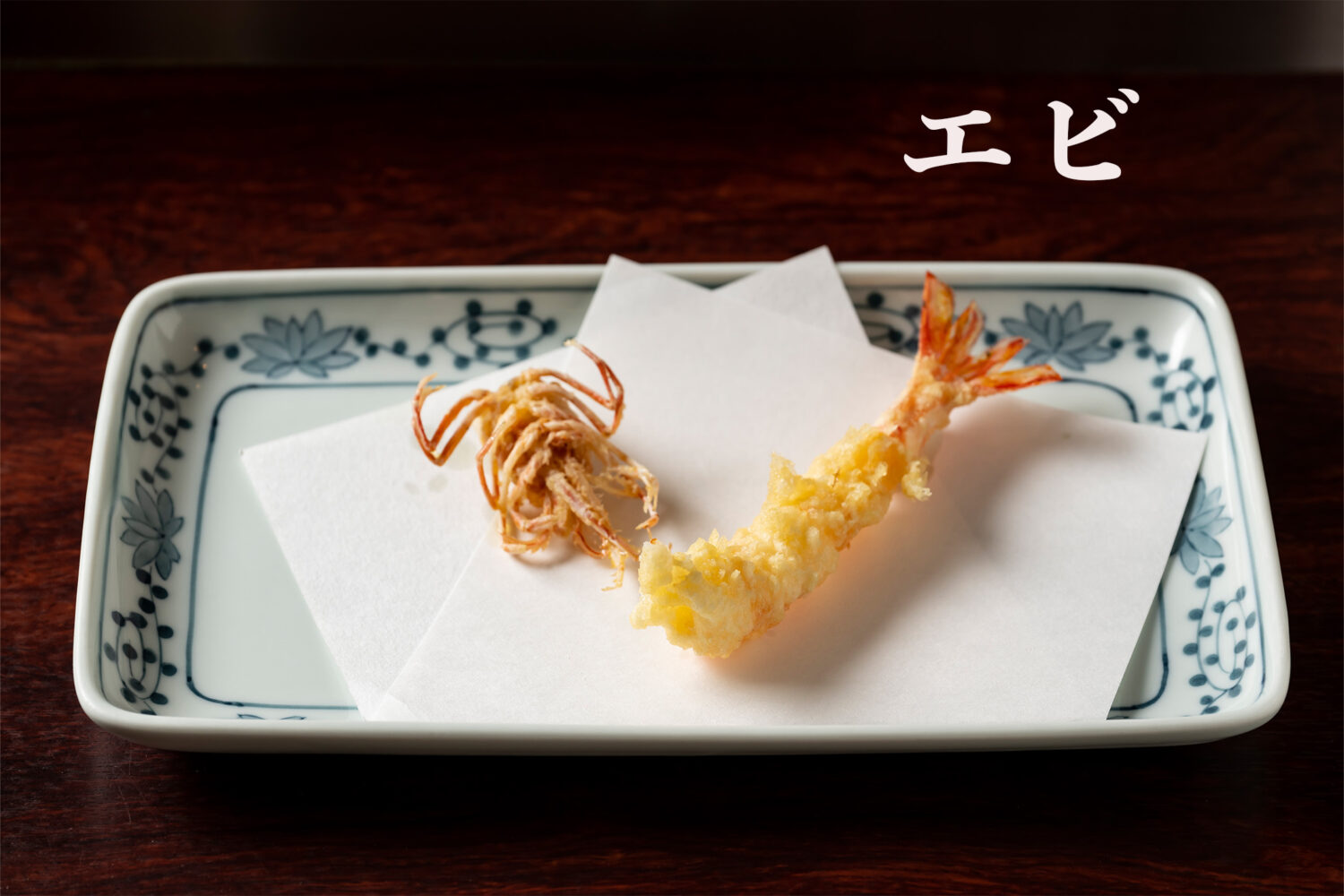
The classic approach to tempura ingredient selection is to start with lightly-flavored items, and gradually move on to more robustly-flavored items. This allows full appreciation of the delicate flavors. When enjoying a course, the chef will serve each piece in the ideal order. By the way, most classical courses will start with ebi (prawn), which can be enjoyed from head to tail.
Squid イカ ika
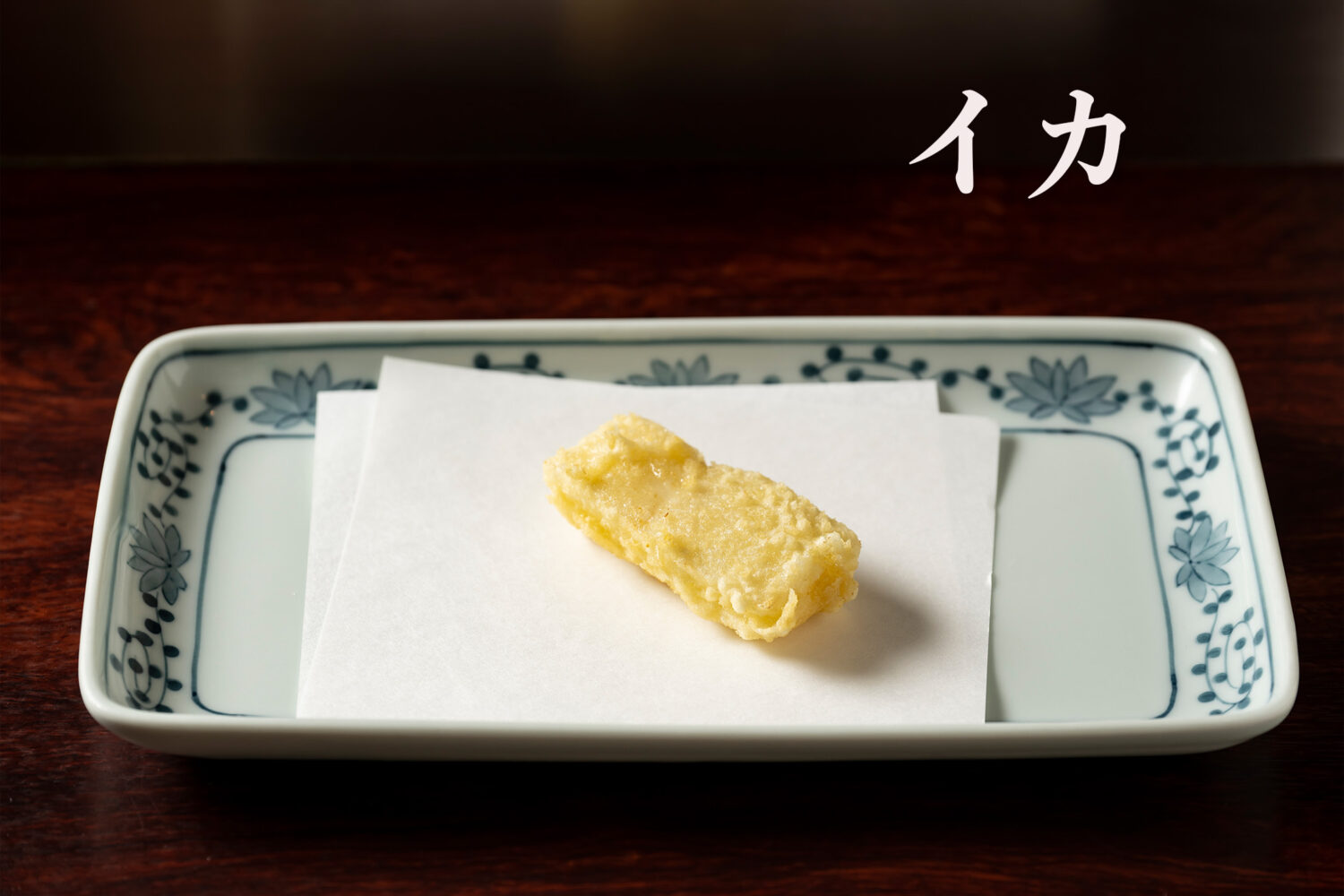
This is a classically-prepared ika (squid) tempura, offering a light flavor with sweetness.
Sillago キス kisu
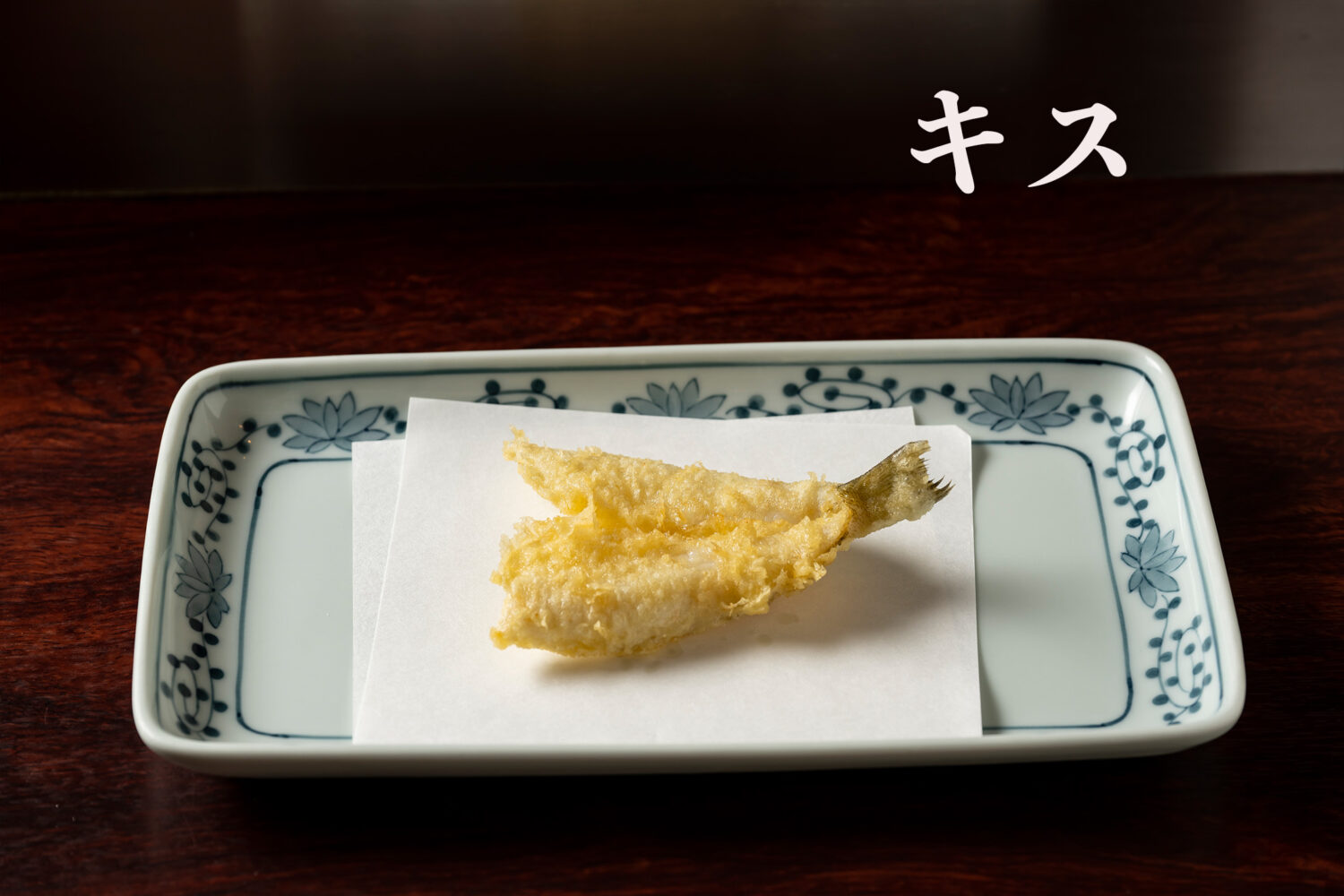
This is kisu (sillago) tempura. Similar lightly-flavored whitefish, such as megochi (big-eyed flathead) and koayu (young sweetfish), are best ordered early in your meal.
Globe eggplant 丸ナス marunasu

This is tempura of a summer vegetable, marunasu (globe eggplant). Other excellent summer vegetables include green asparagus and myoga (Japanese ginger, which is eaten for the buds and shoots). In early spring, classic mountain vegetable tempura ingredients include fukinoto (butterbur stalk) and taranome (new sprouts of the Japanese angelica tree). Autumn is the best season for mushrooms, such as the prized matsutake, and winter offers delicious tubers and root vegetables, such as renkon (lotus root).
Green bean インゲン ingen

This is ingen (green bean) tempura.
Conger eel アナゴ anago
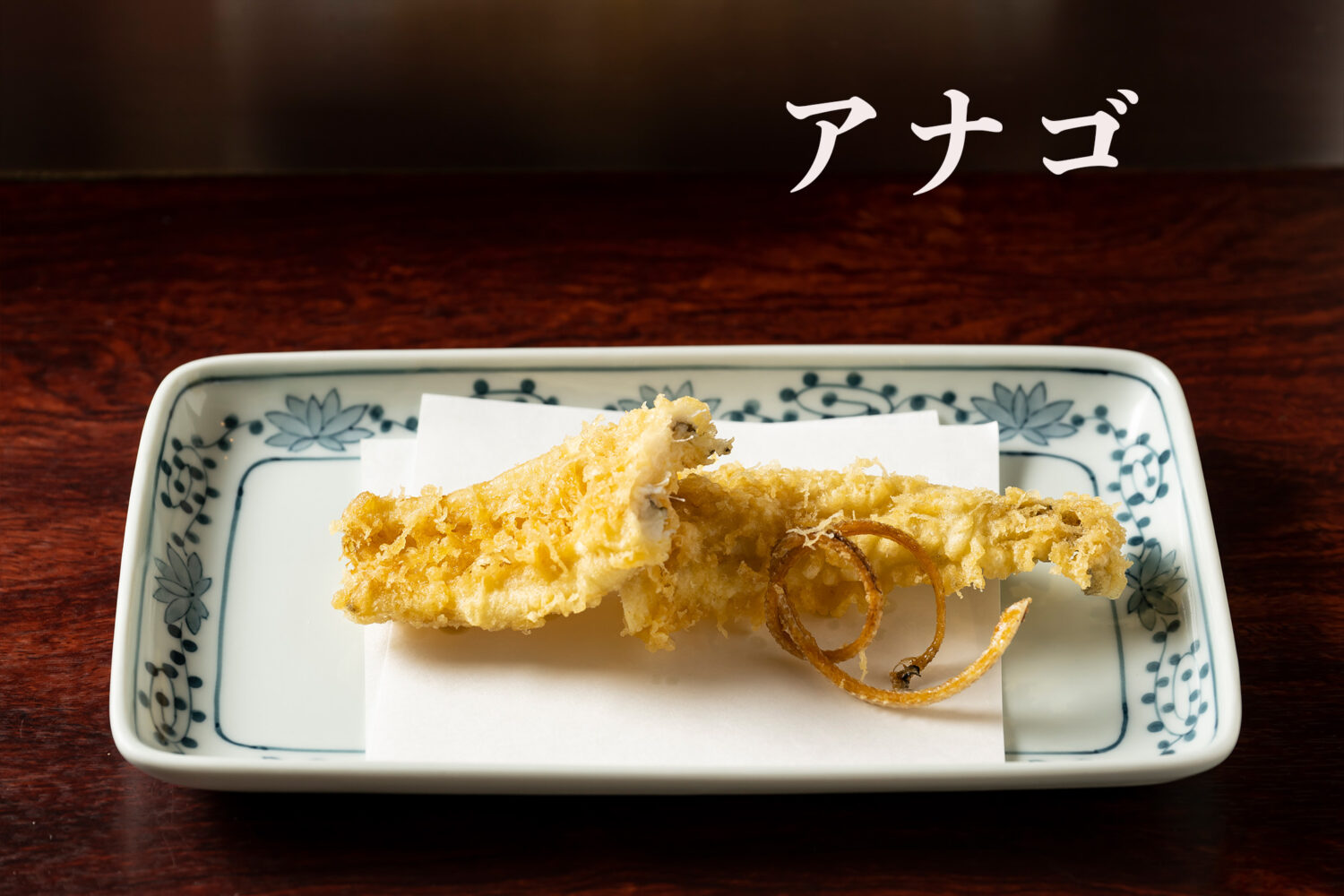
Anago (conger eel) tempura. Robustly-flavored items such as anago and kakiage (mixed fritters) are best enjoyed towards the end of your meal.
Rice bowl topped with fritter tempura かき揚げ丼 kakiagedon

Ebi no kakiage tendon (rice bowl topped with shrimp fritter tempura) is a popular closing dish. A tempura fritter of small pieces of shrimp and vegetables is served atop steamed rice, drizzled with a sweet-and-savory sauce. It’s acceptable manners to lift the entire fritter with your chopsticks and take a bite.
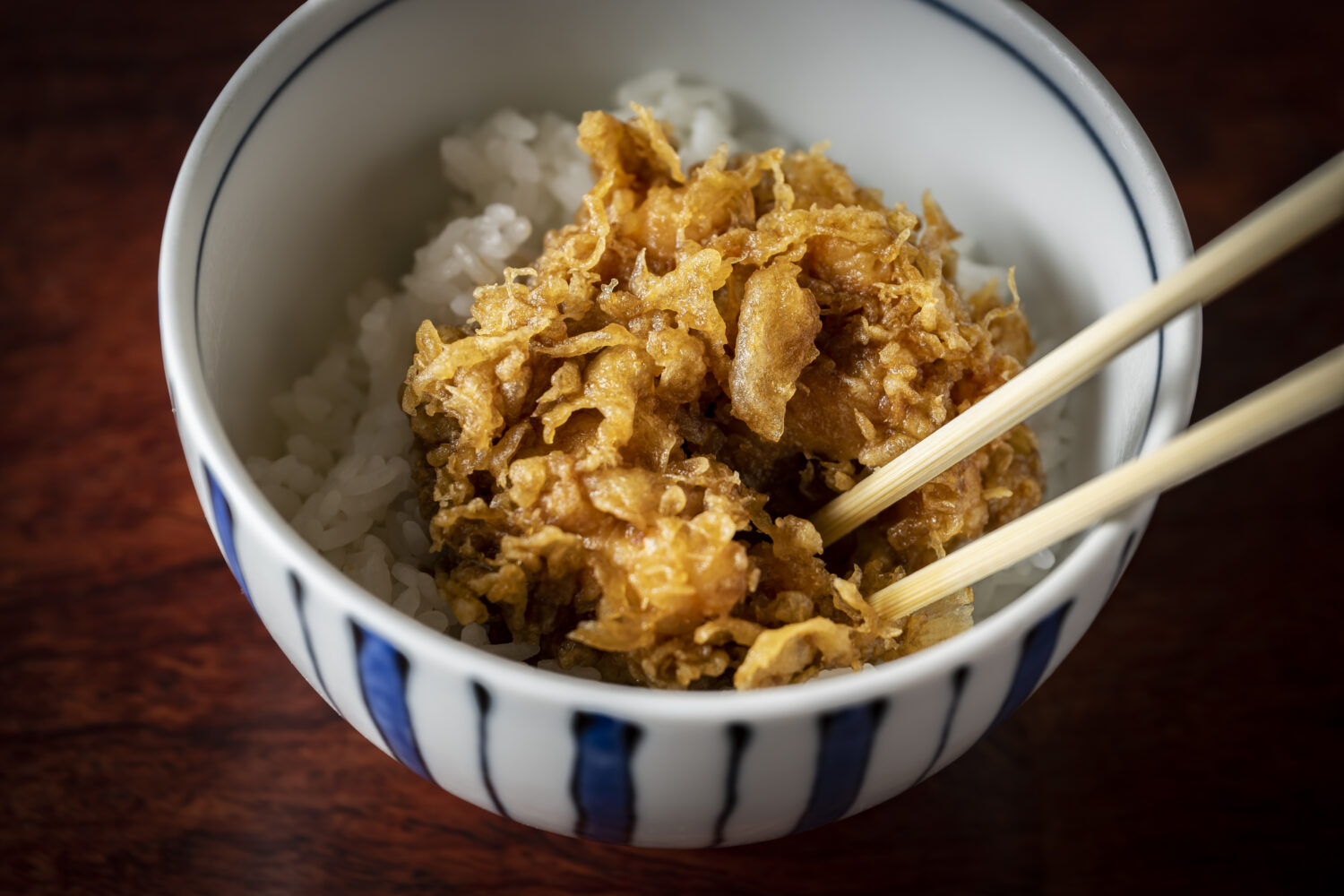
To enjoy tendon, use your chopsticks in a cutting motion to separate a bit of the fritter, then enjoy together in one bite with rice. Another style is to pour dashi (soup stock) over the rice, and enjoy as ochazuke (broth or tea over rice).
Using condiments: shio (salt), tentsuyu (tempura dipping sauce), and lemon
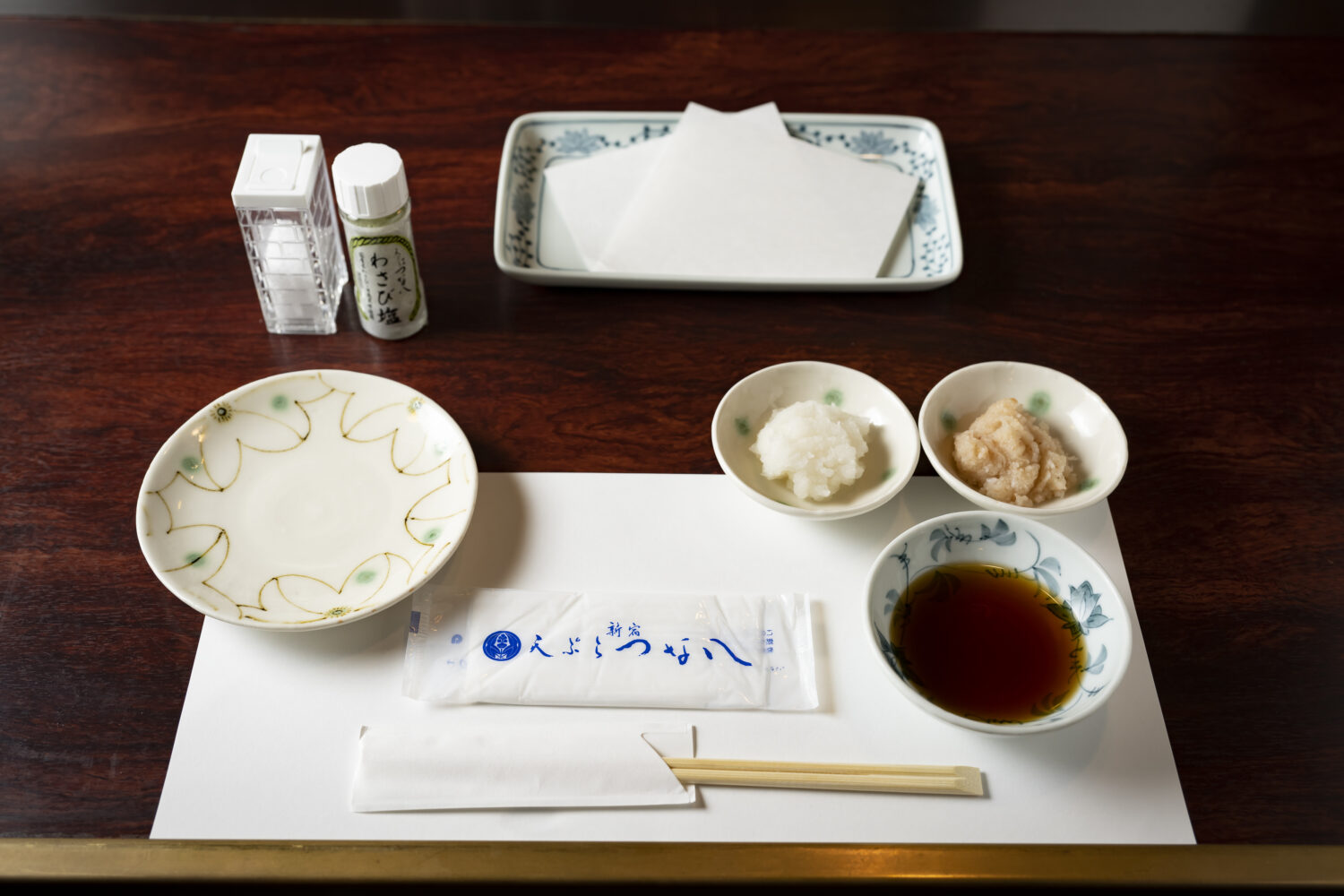
At Tsunahachi, the counter setting includes a tenzara (tempura serving plate), as well as a shiozara (salt plate), tentsuyu (tempura sauce), oroshi (grated daikon radish), ume oroshi (grated daikon radish with pickled ume plum), shio (plain salt), and wasabi-jio (wasabi salt).
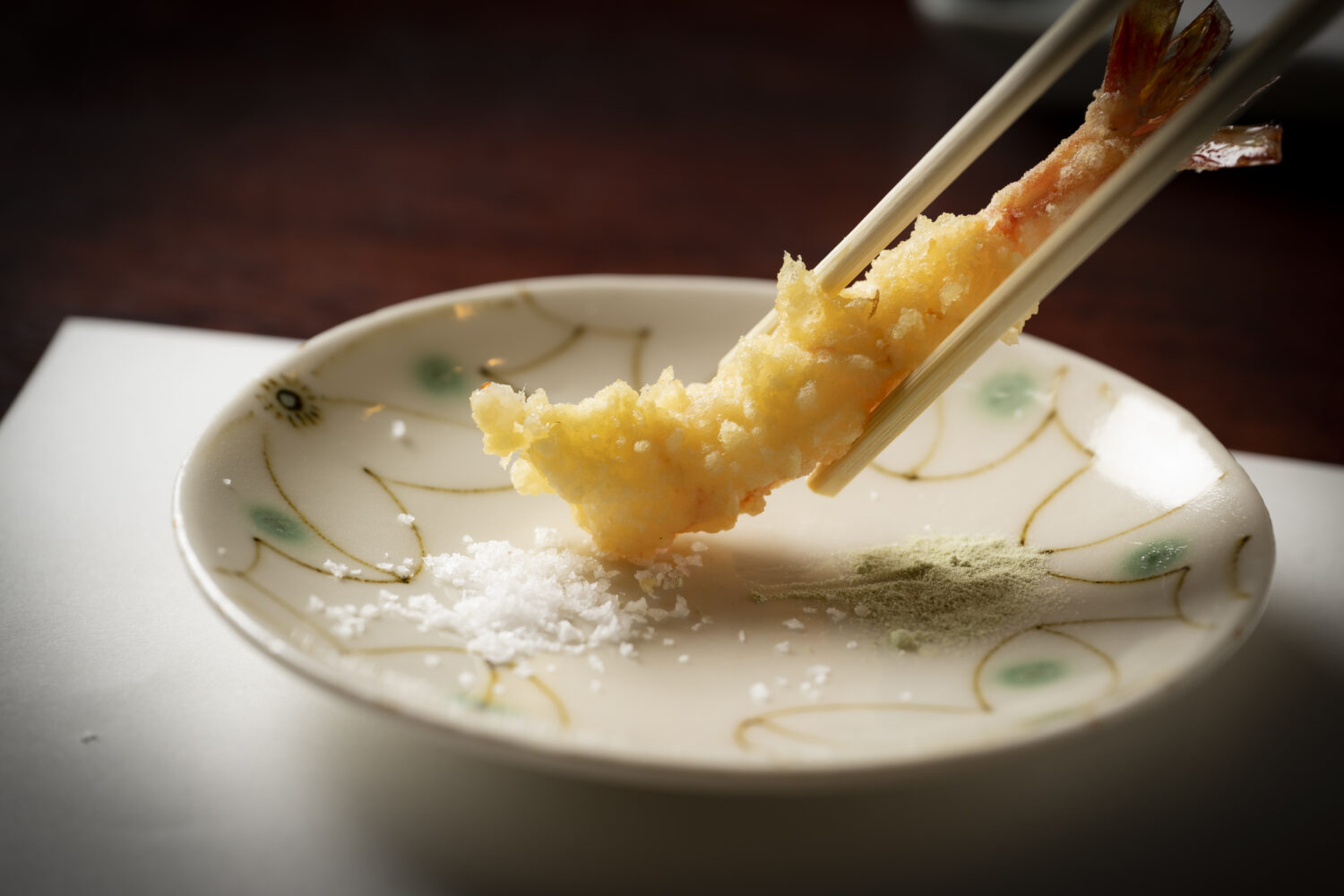
It’s recommended to start by enjoying prawn with salt. Place some salt onto the salt plate, then use your chopsticks to dip the tempura into the salt. Avoid sprinkling salt directly on the tempura plate. Several types of salt are often offered. Depending on the restaurant, in addition to plain salt and wasabi-jio (wasabi salt), you may find oboro konbu-jio (kelp salt), yukari-jio (red perilla leaf salt), or other variations which add spice or acidity.

Next, let’s accent the sillago with ume-oroshi, a mixture of grated daikon radish and umeboshi (pickled ume plum). Transfer the tempura to your salt plate, then place a bit of ume-oroshi straight on top of the tempura.

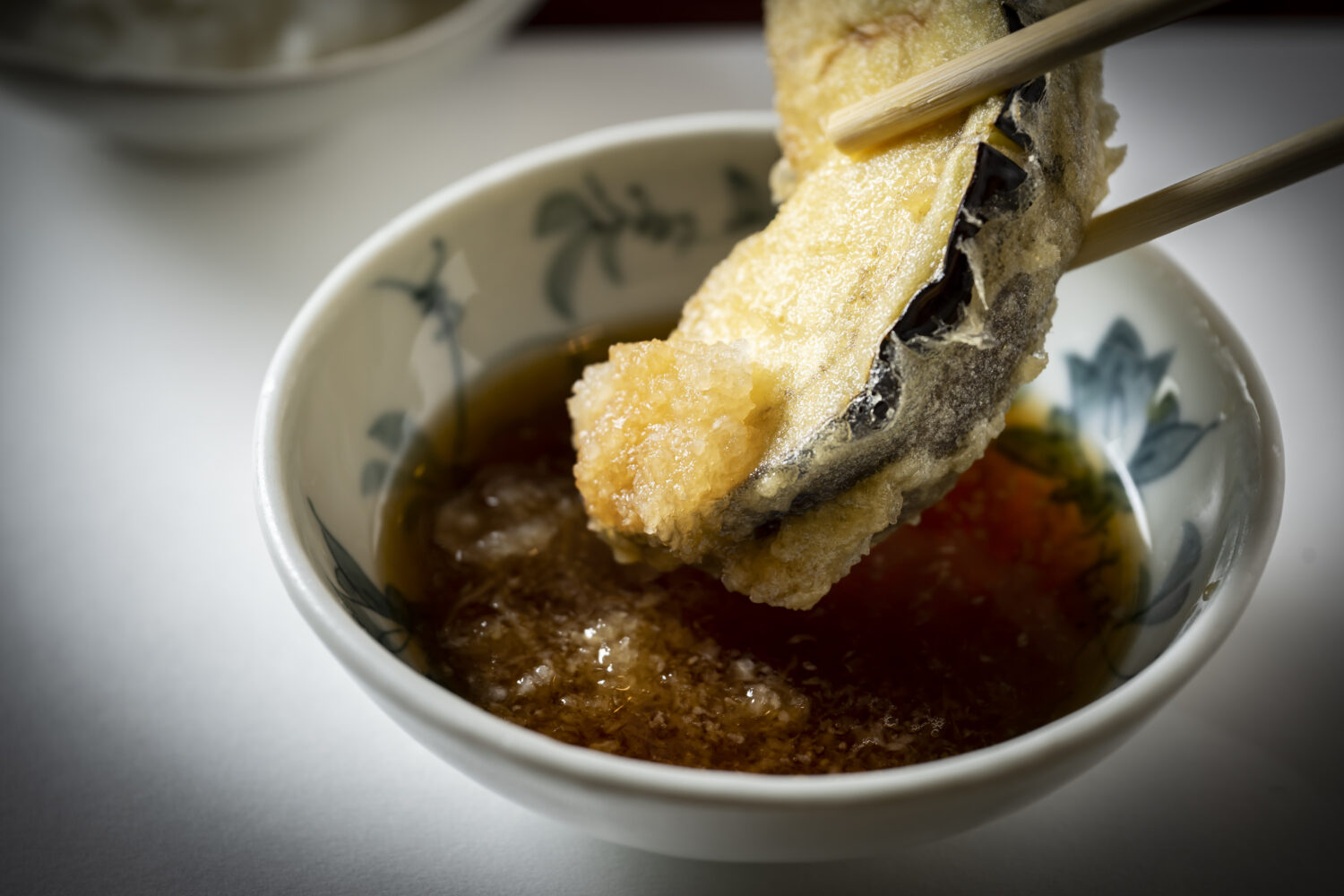
Enjoy the eggplant with tentsuyu (tempura dipping sauce). Moisten a bit of grated daikon in the sauce, then dip the tempura to scoop up some of the daikon.
White wine is a recommended pairing with tempura
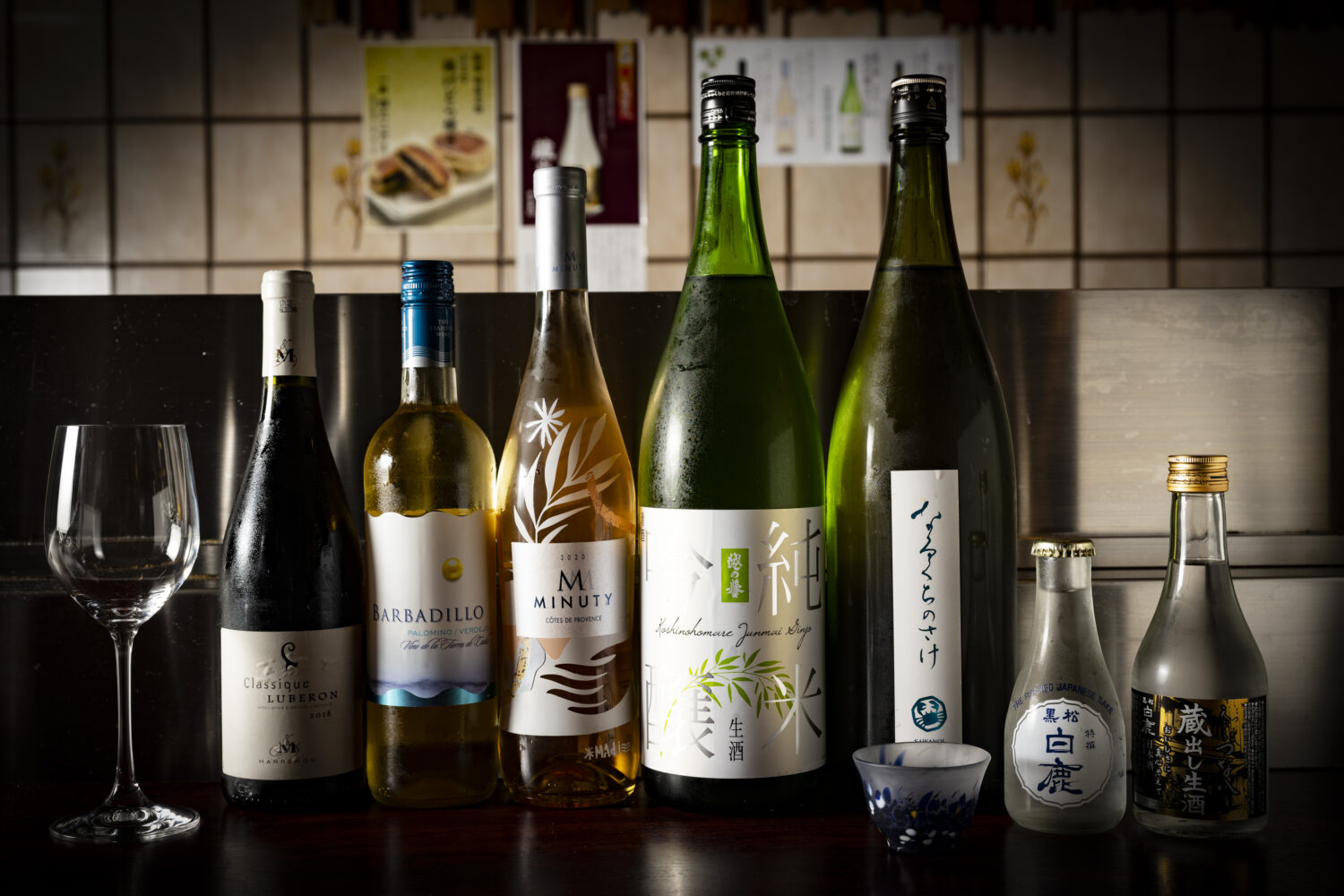
Pairing tempura with alcoholic beverages is another way to enhance your enjoyment. Sake would be the classic pairing, but tempura may also be enjoyed alongside beer, shochu (a distilled liquor), and wine. White wine is particularly recommended, as its acidity will help to cleanse the palate of any oily aftertaste.
Tempura is a simple, yet profound cuisine, and its appreciation includes the chef’s technique, seasonality of ingredients, and selection of condiments. The depth of tempura’s culinary culture is best enjoyed from the counter seat.
* The published information is current as of August 2022. Prices and other details are subject to change.
This tempura specialty restaurant was established in 1924, serving Edomae-style tempura prepared with the finest-quality sesame oil and freshest ingredients. In addition to time-honored classics, Tsunahachi is also renowned for inventive dishes such as ice cream tempura and “kaki-piman”, green bell pepper stuffed with oyster. There are now 23 locations throughout Japan.












